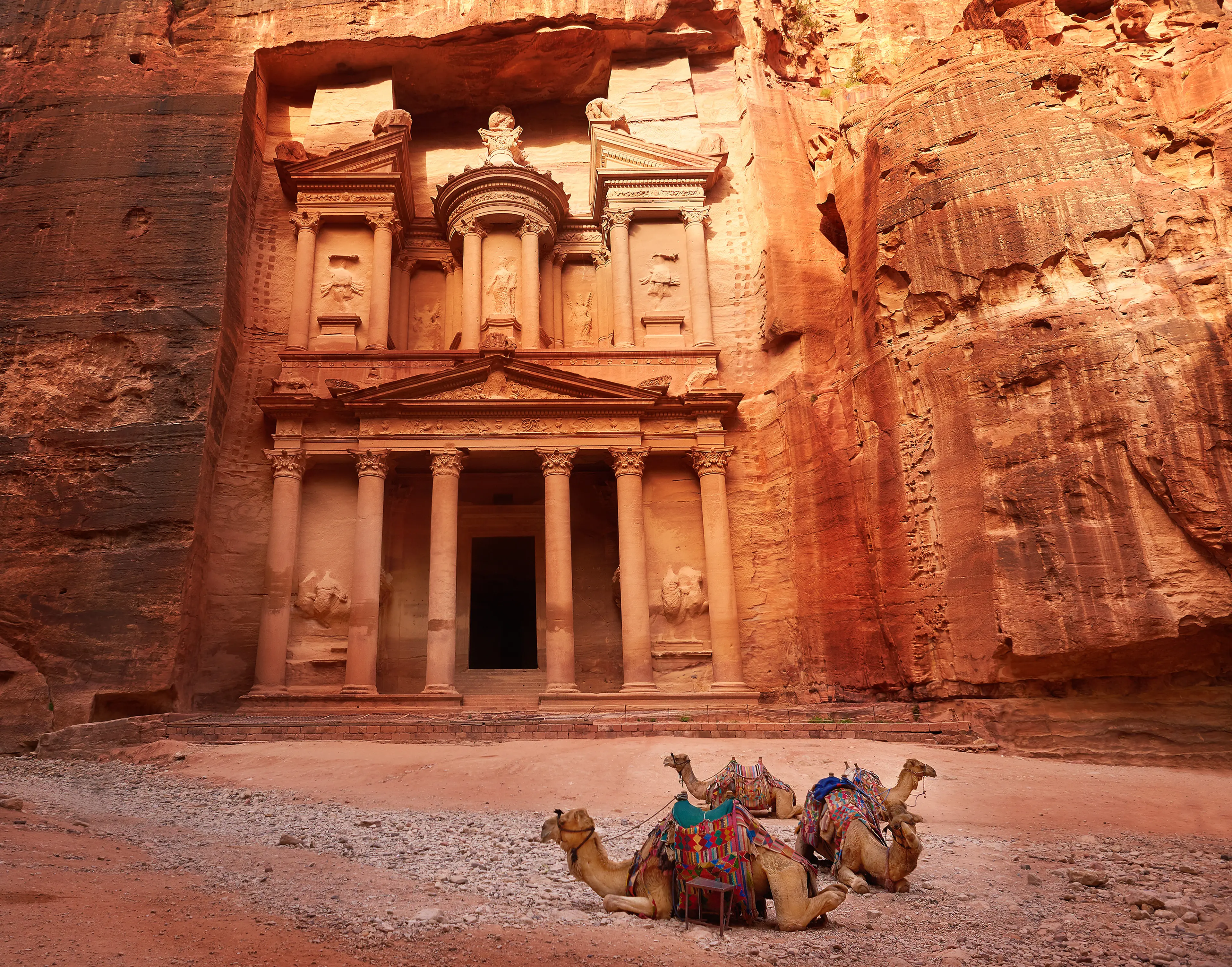2-Day Local-Style Adventure Itinerary in Petra for Friends
Petra, Jordan
2 days
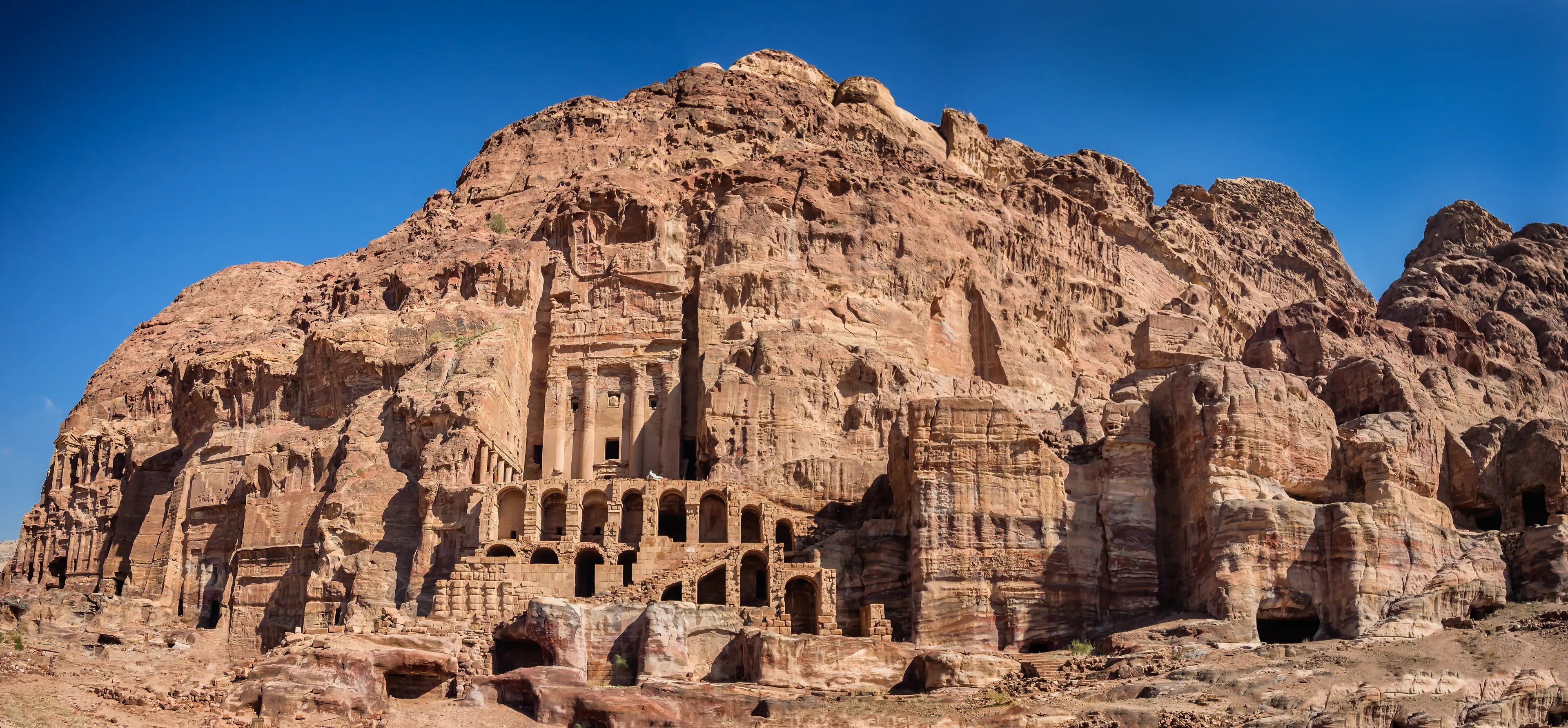
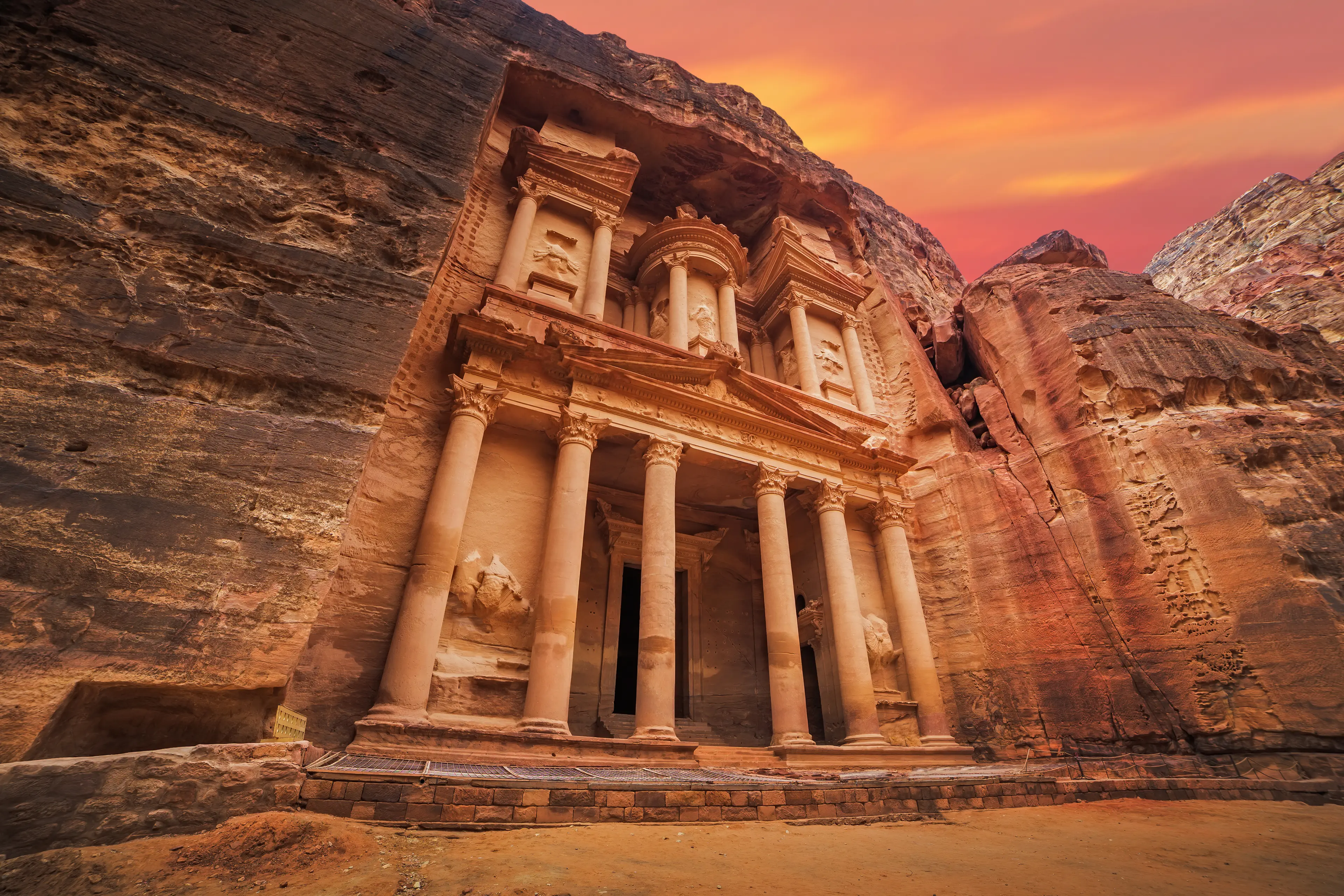
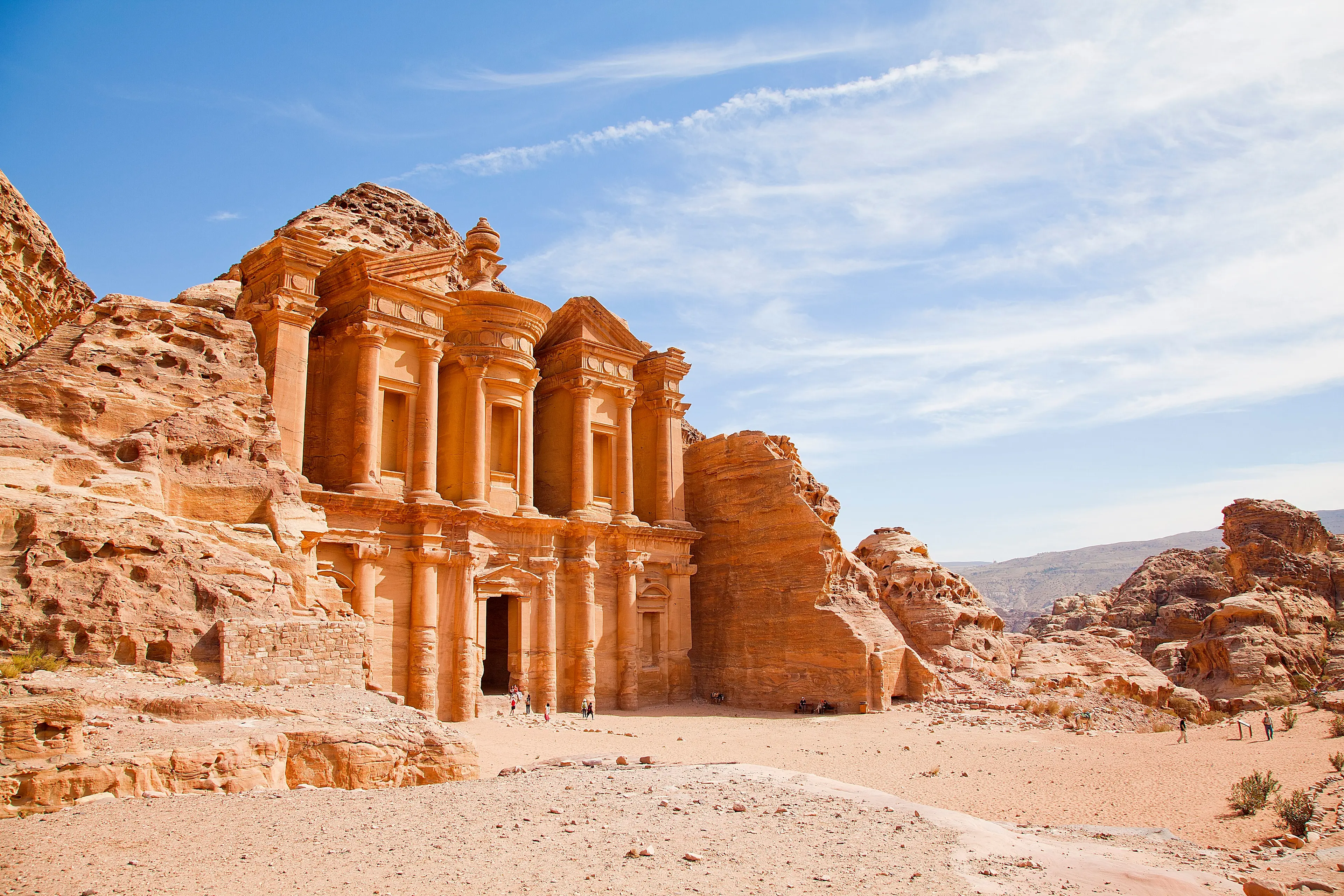
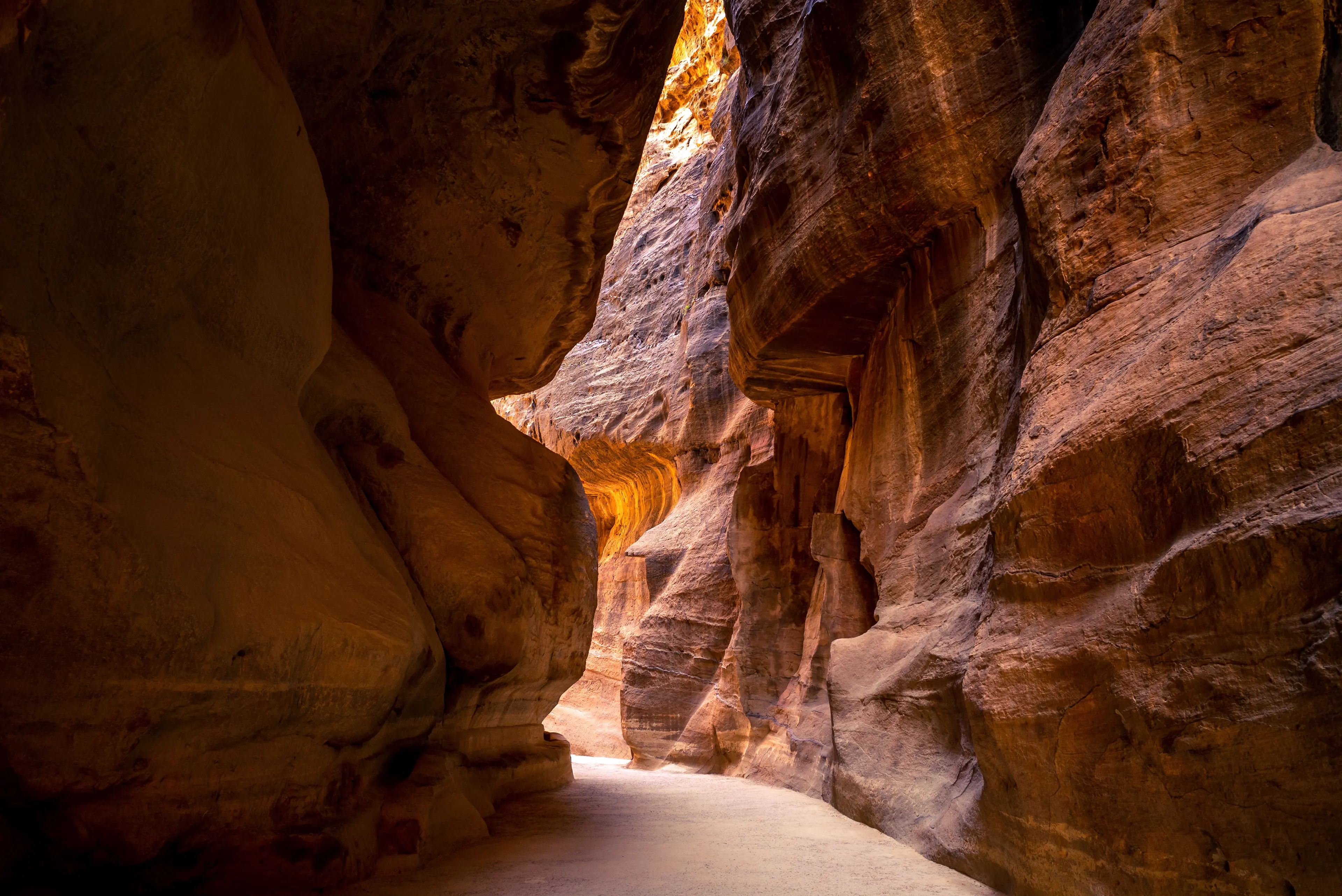
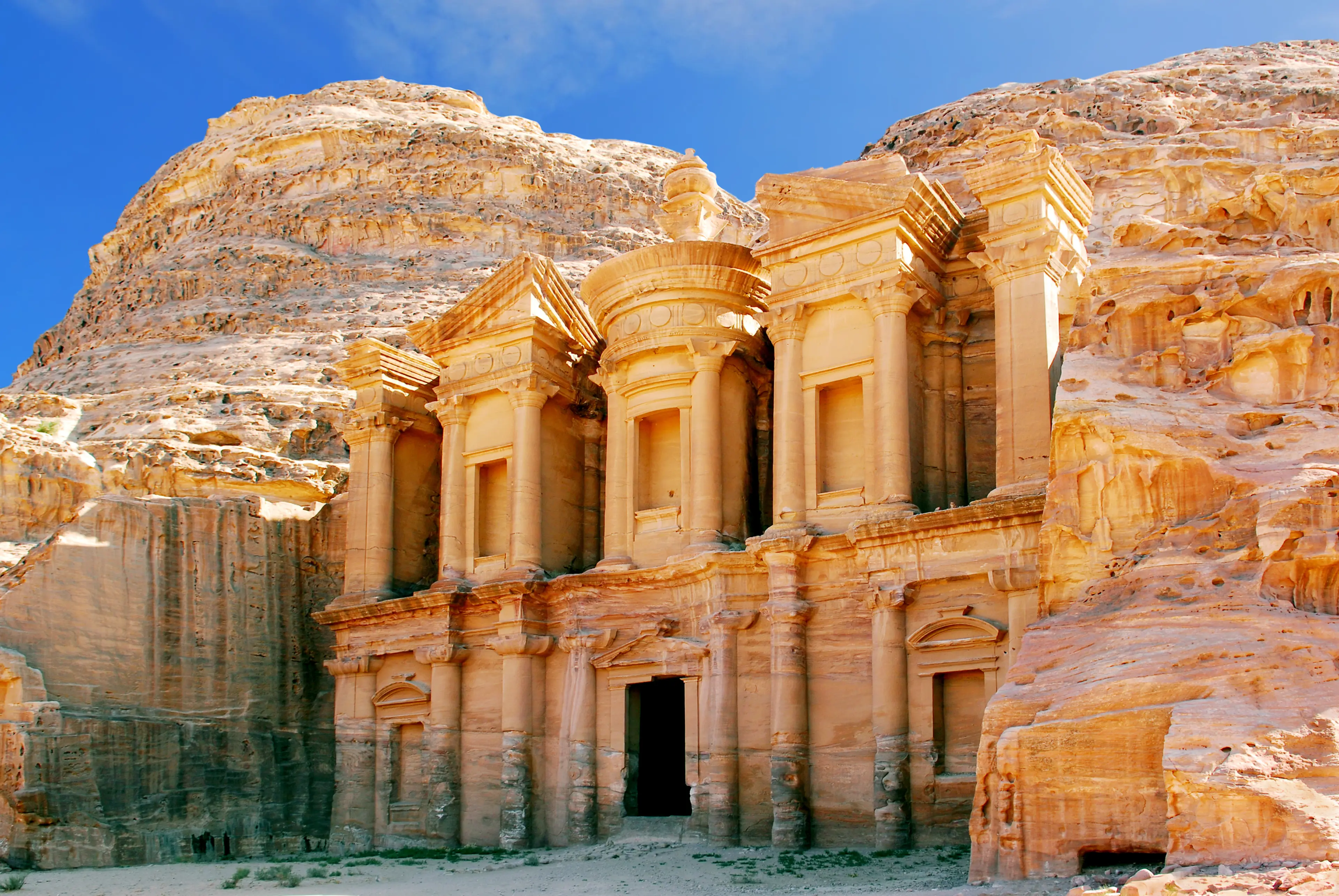
About Petra, Jordan
Experience the timeless allure of Petra, Jordan, a UNESCO World Heritage Site and one of the New Seven Wonders of the World. This ancient city, carved into vibrant red, white, pink, and sandstone cliffs, offers a mesmerizing journey back in time. Explore the iconic Treasury, the Monastery, and the Royal Tombs, showcasing the intricate craftsmanship of the Nabateans. Wander through the Siq, a narrow gorge leading to the city, and marvel at the stunning natural beauty. Petra also offers a vibrant Bedouin culture, captivating folklore, and traditional music. At night, witness Petra illuminated by thousands of candles, creating an enchanting atmosphere. Petra, an archaeological and historical marvel, promises an unforgettable journey into the past.
2-Day Itinerary
Day 2
Hiking to the Monastery and visiting the Royal Tombs
Morning
Start your second day with a hike up to the Monastery, an impressive monument that offers stunning views of the surrounding area. The hike is challenging but rewarding.
Lunch
Have lunch at a local eatery, where you can try Jordanian dishes like zarb, a Bedouin barbecue, or knafeh, a sweet cheese pastry.
Afternoon
Spend the afternoon exploring the Royal Tombs, a series of impressive tombs carved into the rock face. Then, visit the Great Temple, a large Nabatean temple complex.
Dinner
Enjoy your last dinner in Petra at a local restaurant, sampling more of the delicious Jordanian cuisine.
Evening
Finish your trip with a relaxing evening at your accommodation, reflecting on the amazing experiences and sights you've seen over the past two days.
Attractions in Itinerary (8)
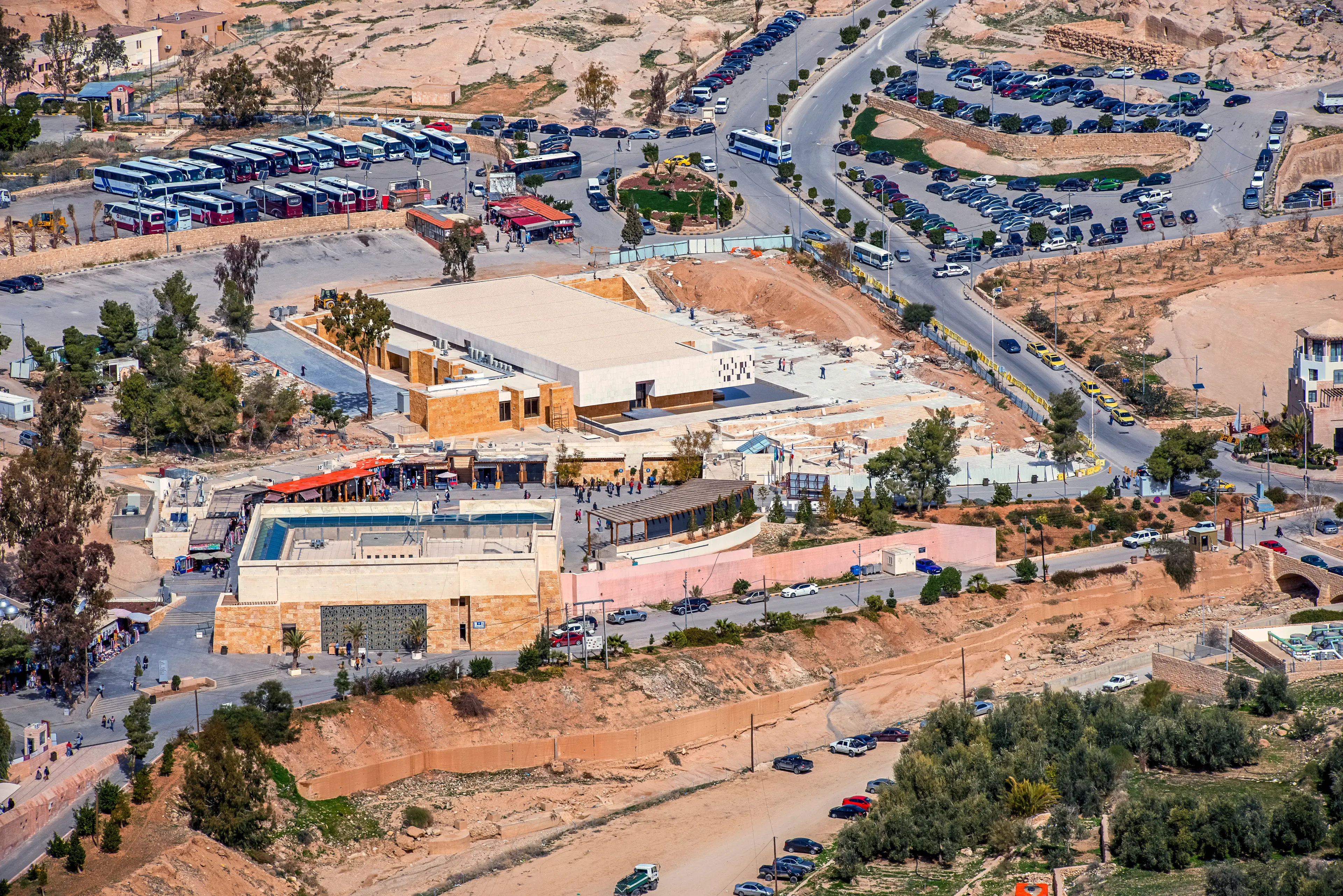
1Petra Visitor Center
The Petra Visitor Center is the starting point for your exploration of the ancient city. It offers a wealth of information about the history and archaeology of Petra, as well as maps and guides to help you navigate the site.
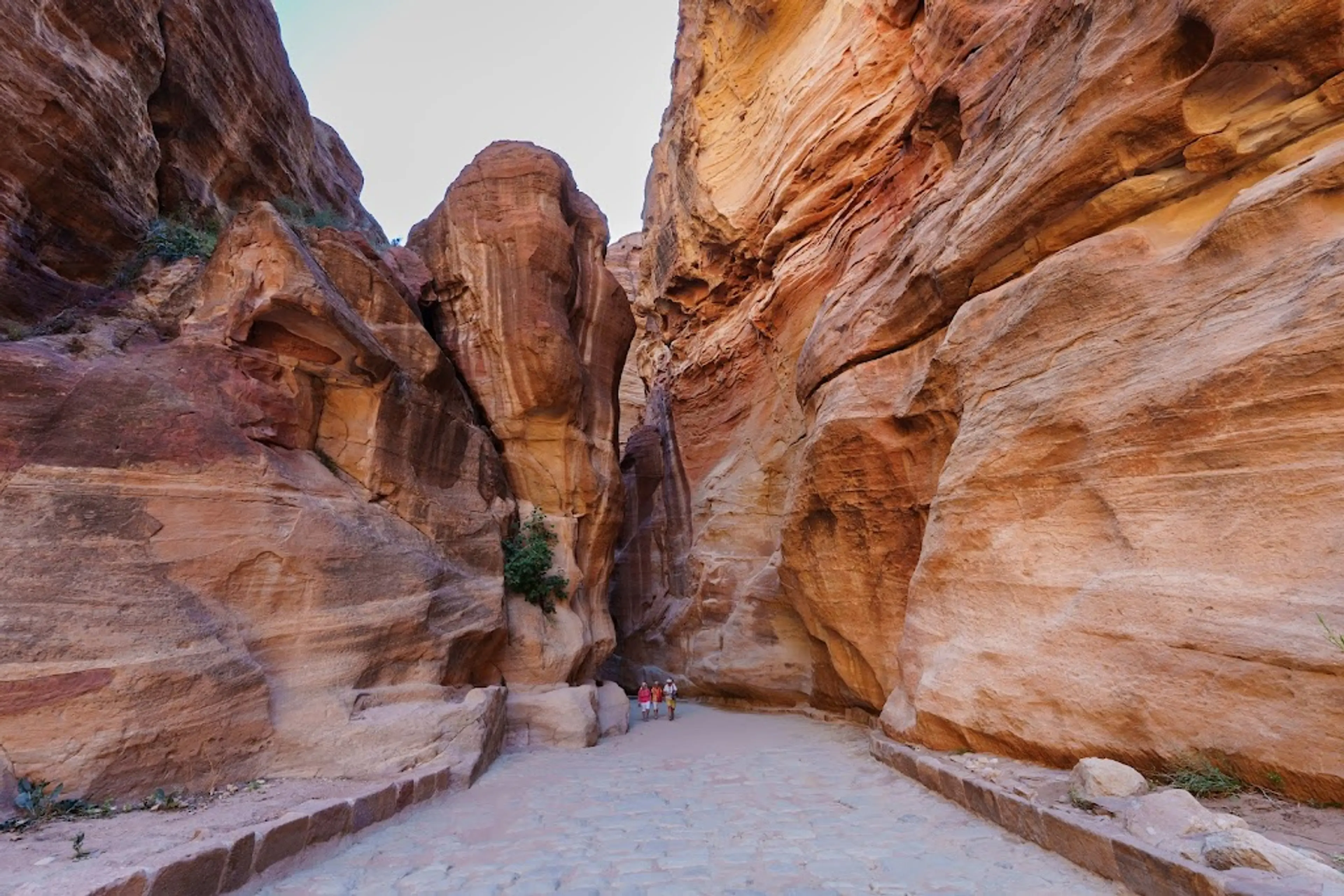
2Siq
A narrow gorge that serves as the main entrance to the ancient city of Petra.
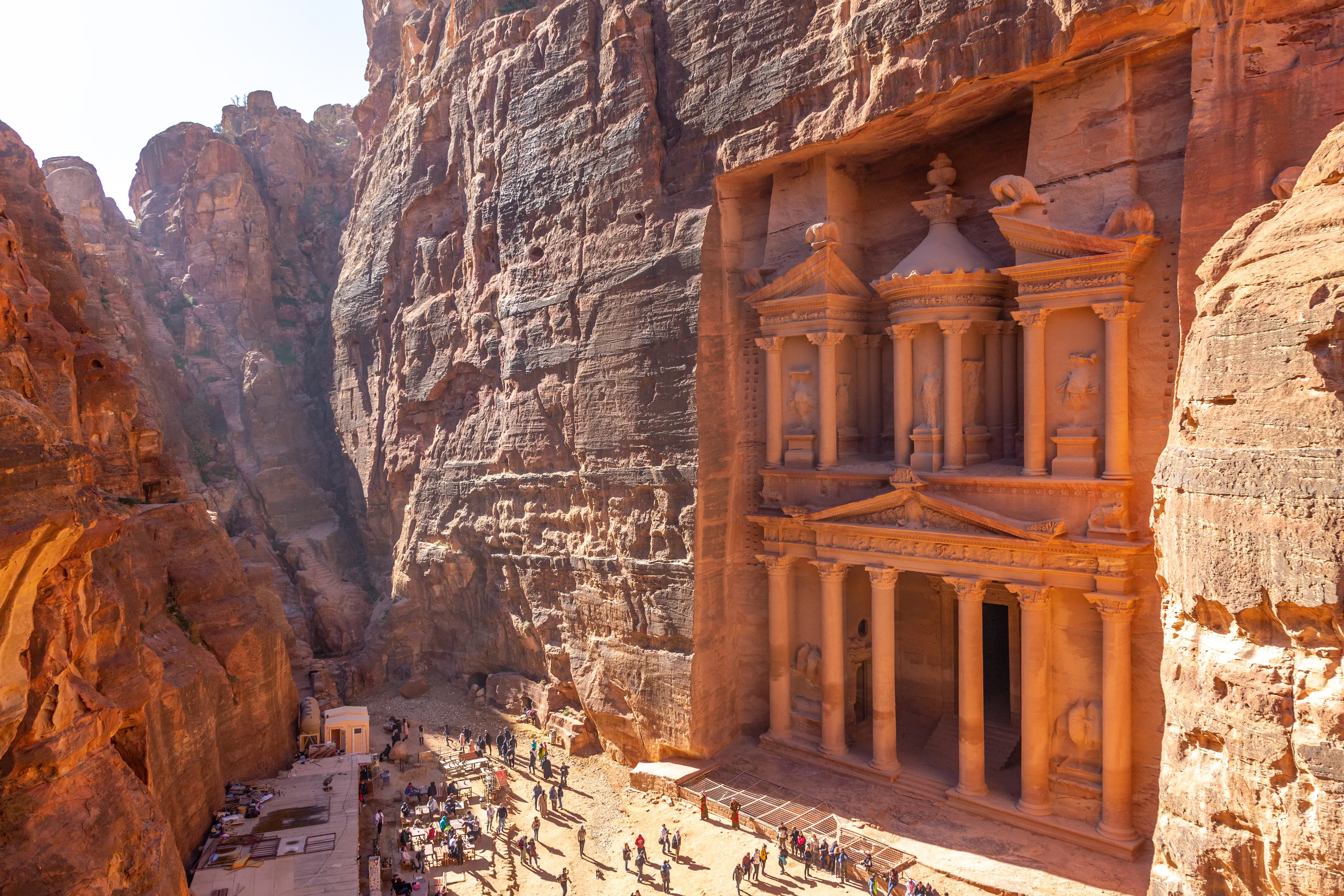
3Treasury
The Treasury, also known as Al-Khazneh, is one of the most stunning facades in the city of Petra. This 40-meter high monument is intricately decorated with Corinthian capitals, friezes, figures and more. It's believed to have been the mausoleum of the Nabatean king Aretas IV in the 1st century AD.
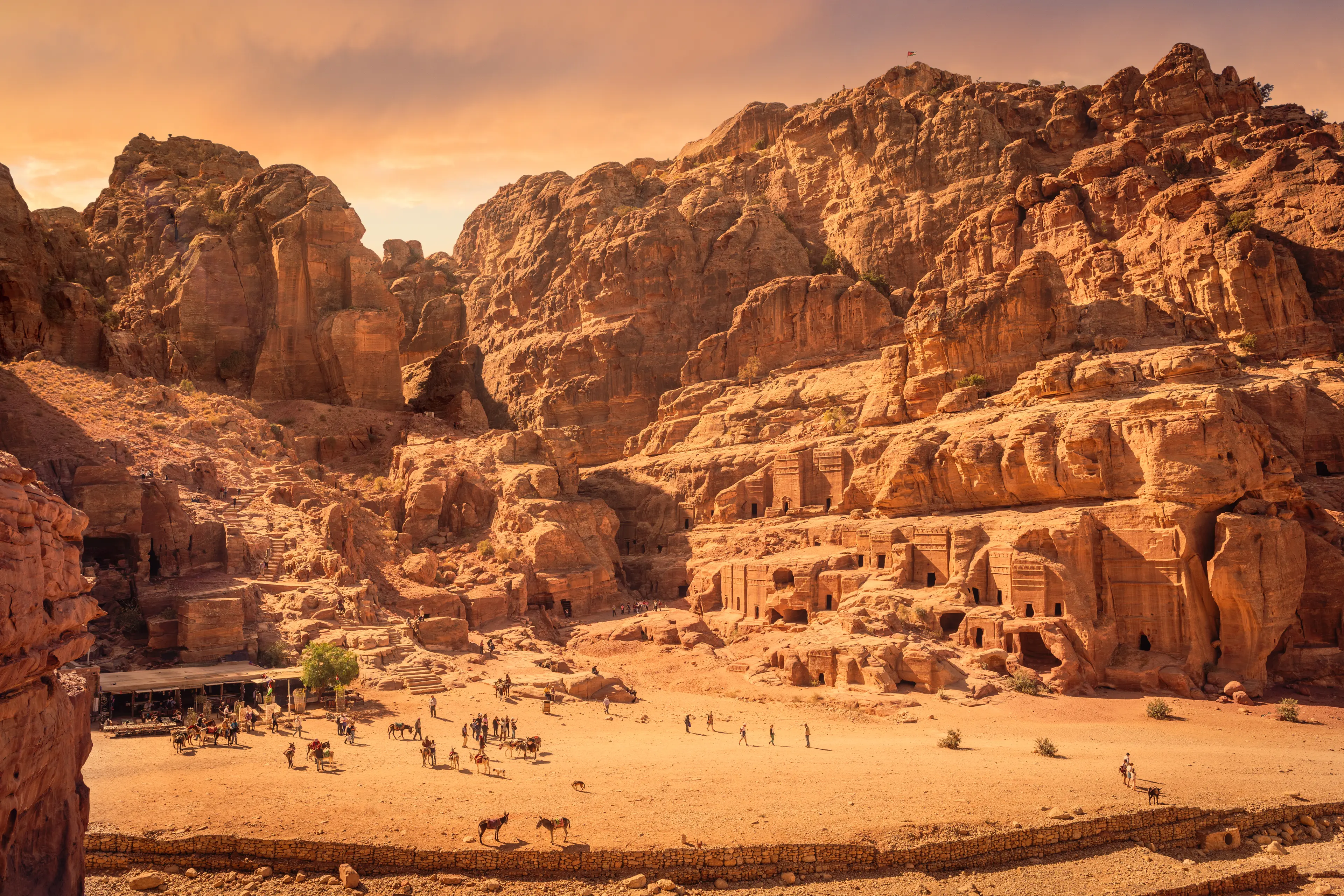
4Street of Facades
A row of monumental Nabatean tombs carved in southern cliff face that lies past the Treasury in Petra.
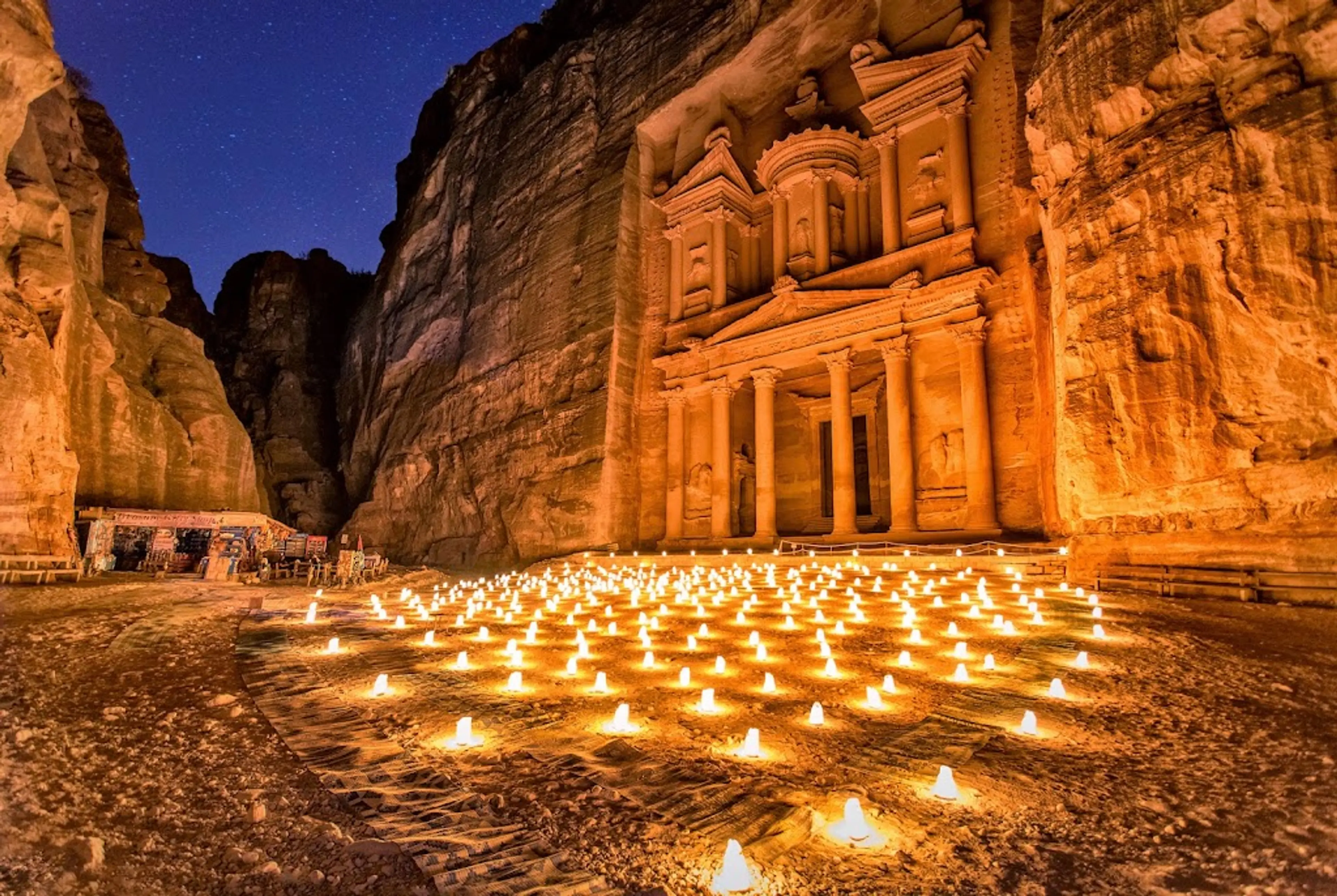
5Petra by Night
A magical tour of Petra where visitors can experience the city illuminated by over 1,500 candles.
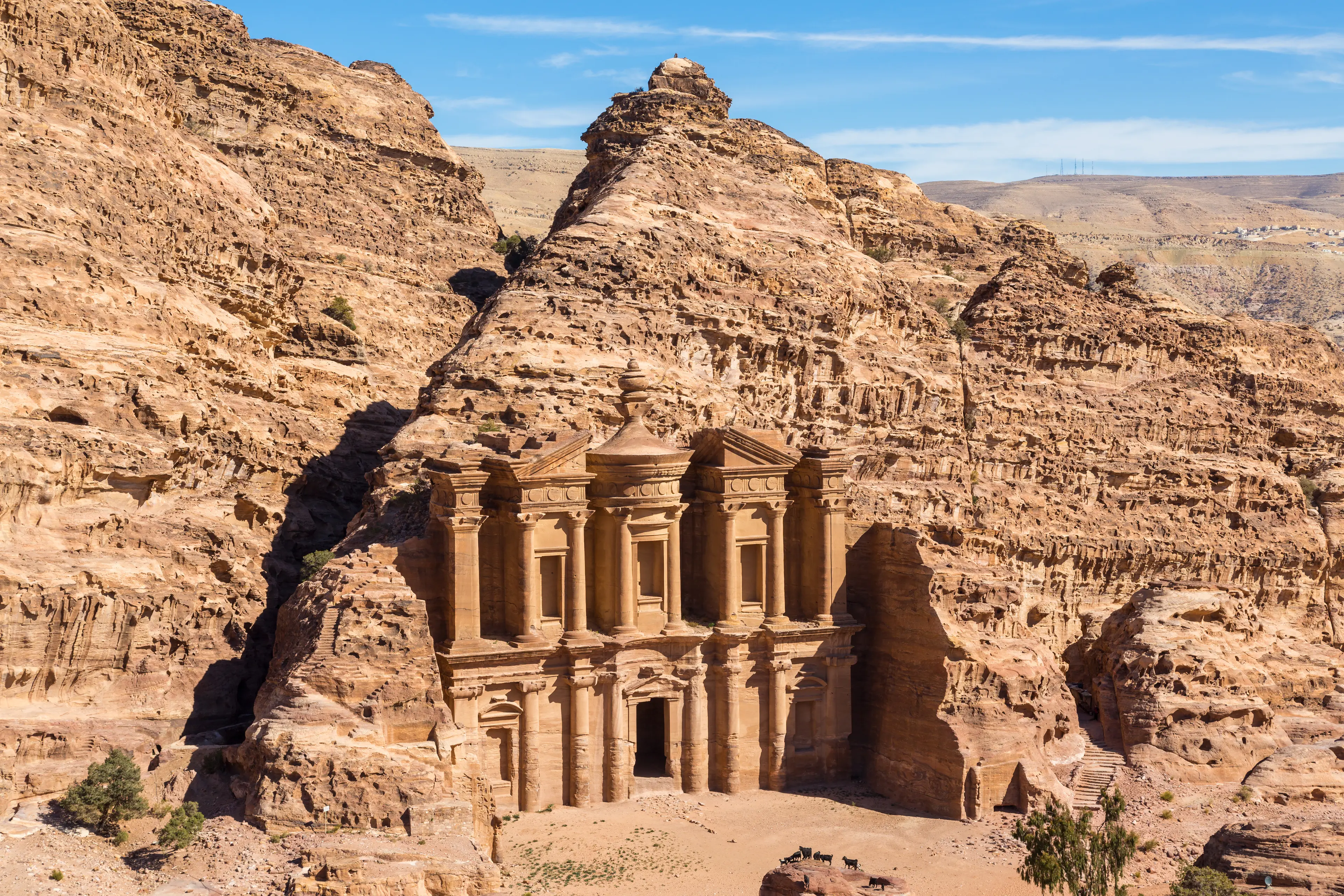
6Monastery
The Monastery, also known as Ad Deir, is a monumental building carved out of rock in the ancient Jordanian city of Petra. Built by the Nabataeans in the 1st century and measuring 50 meters wide by approximately 45 meters high, it is one of the largest structures in Petra.
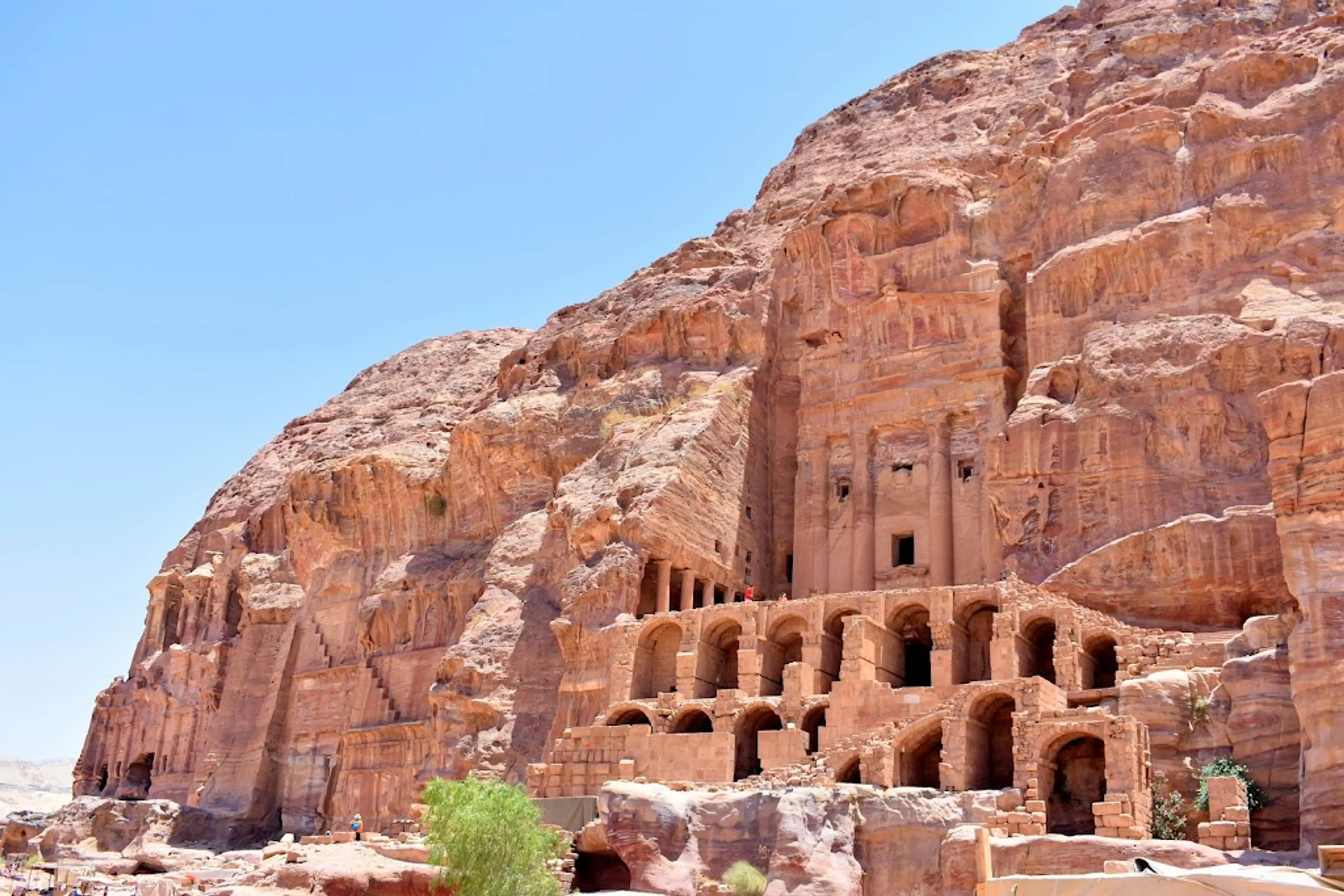
7Royal Tombs
A series of tombs located in the side of the mountain at the foot of the High Place of Sacrifice in Petra.
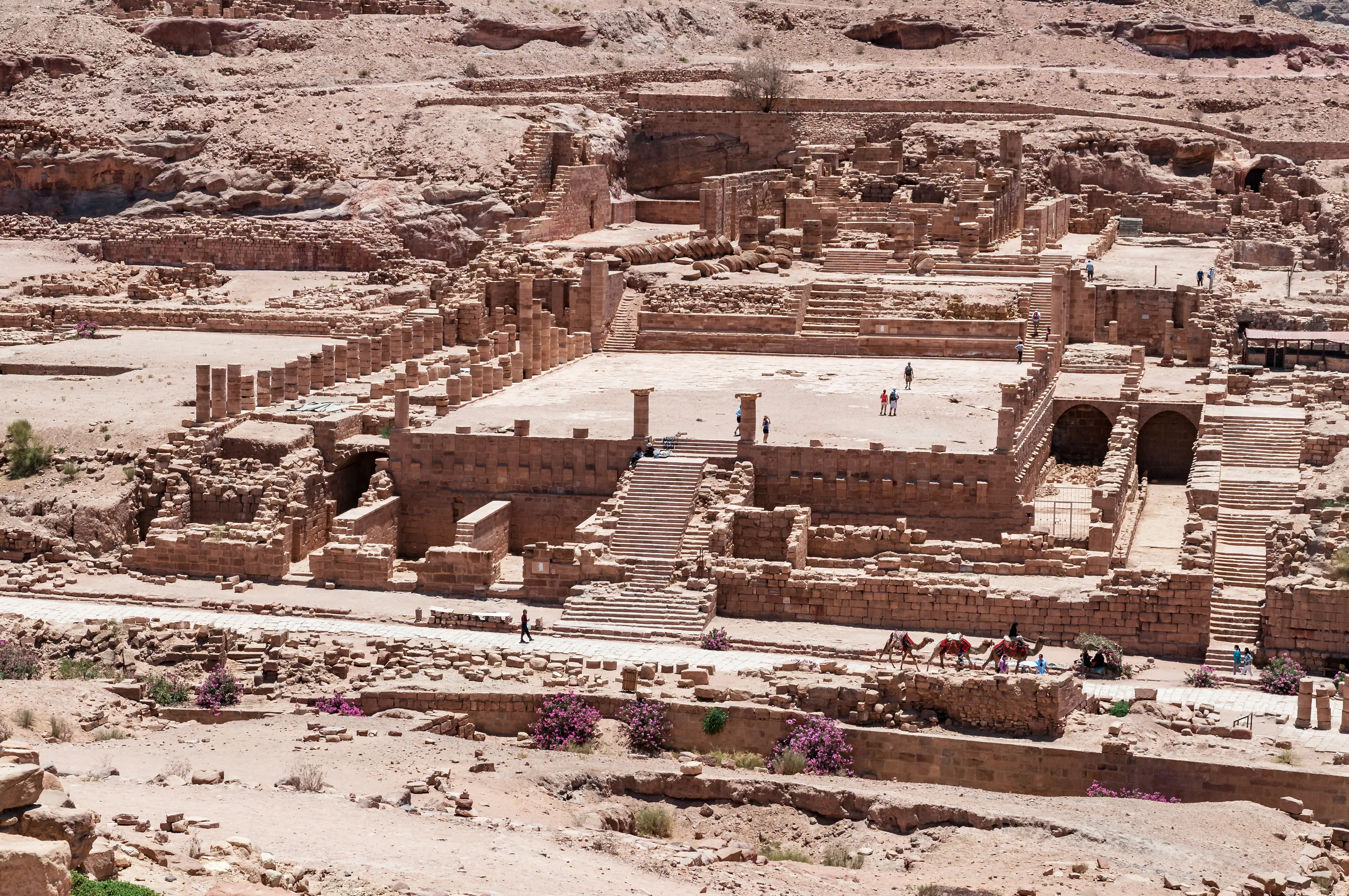
8Great Temple
The Great Temple of Petra, also known as the Royal Tombs, is a large Nabatean temple complex located in the city of Petra. It is one of the largest structures in Petra, with a grand staircase, a colonnaded hall, and a semi-circular platform. The temple was likely used for religious ceremonies and public gatherings.
Local Food and Drinks (12)
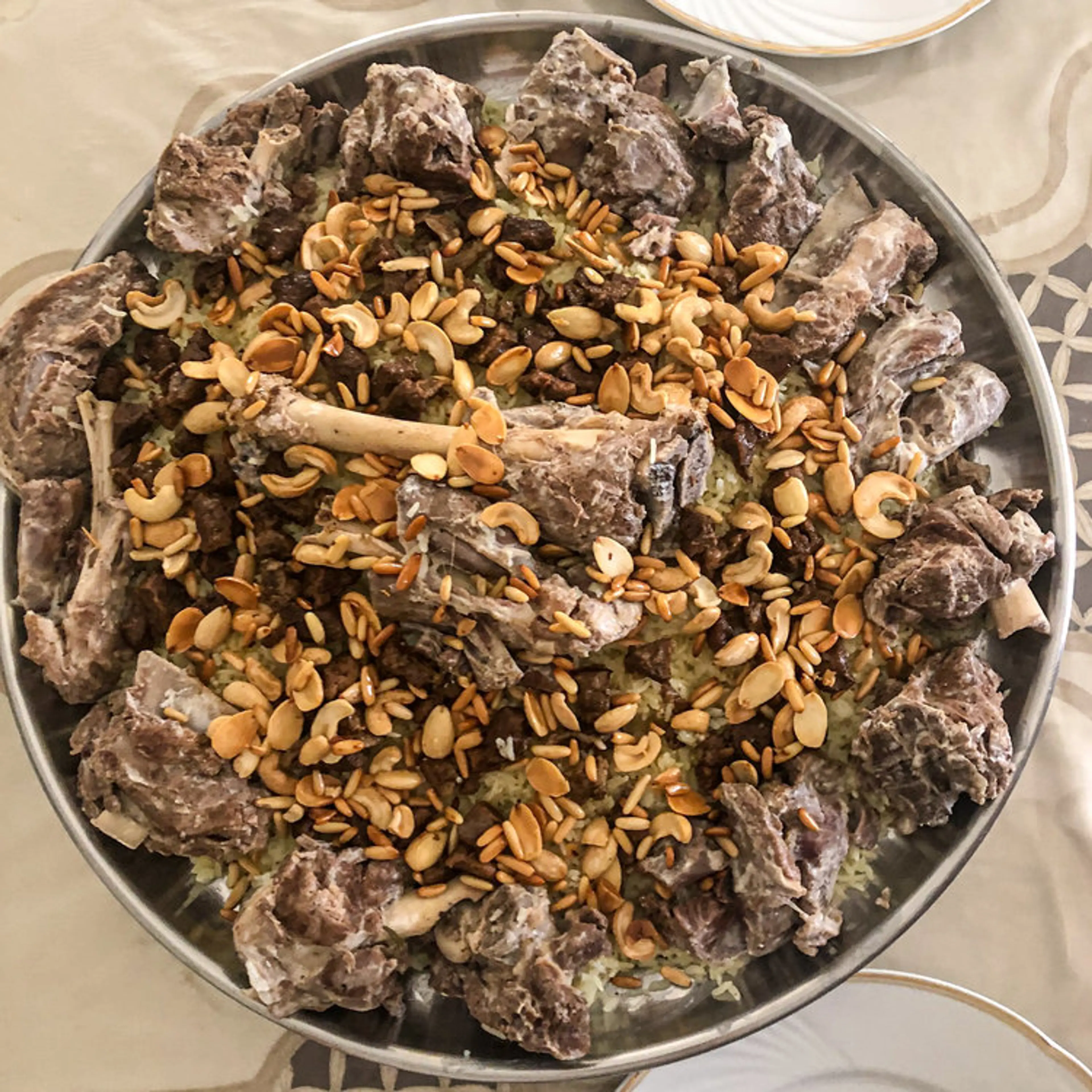
Mansaf
A traditional Jordanian dish made of lamb cooked in a sauce of fermented dried yogurt and served with rice. It is considered the national dish of Jordan and a must-try for tourists visiting Petra.
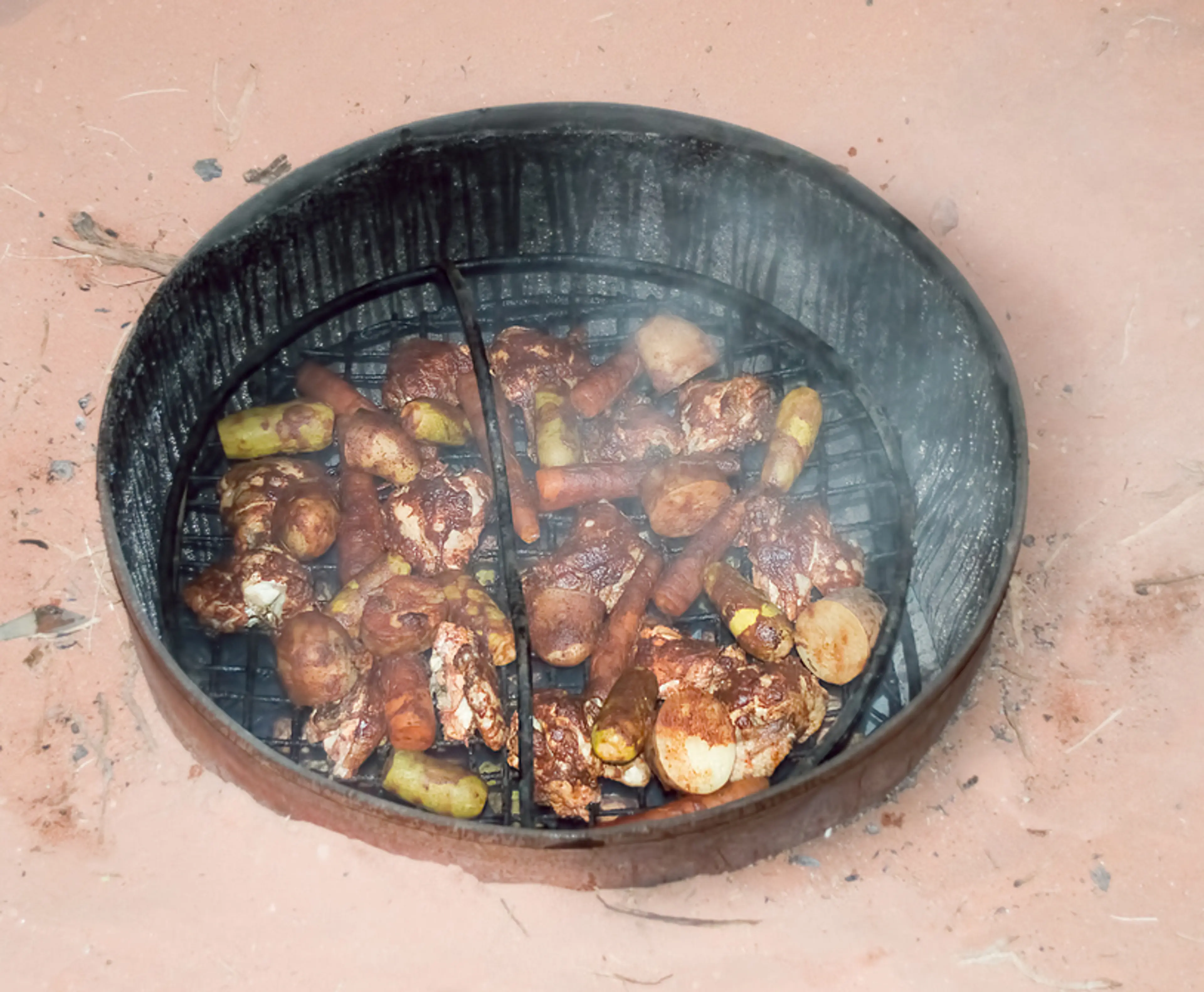
Zarb
A Bedouin style barbecue, where meat and vegetables are slow-cooked in an underground sand oven. This unique cooking method gives the food a distinct flavor that is popular among locals and tourists in Petra.

Maqluba
A traditional Jordanian dish that includes meat, rice, and fried vegetables placed in a pot, which is then flipped upside down when served, hence the name maqluba, which translates literally as 'upside-down'.
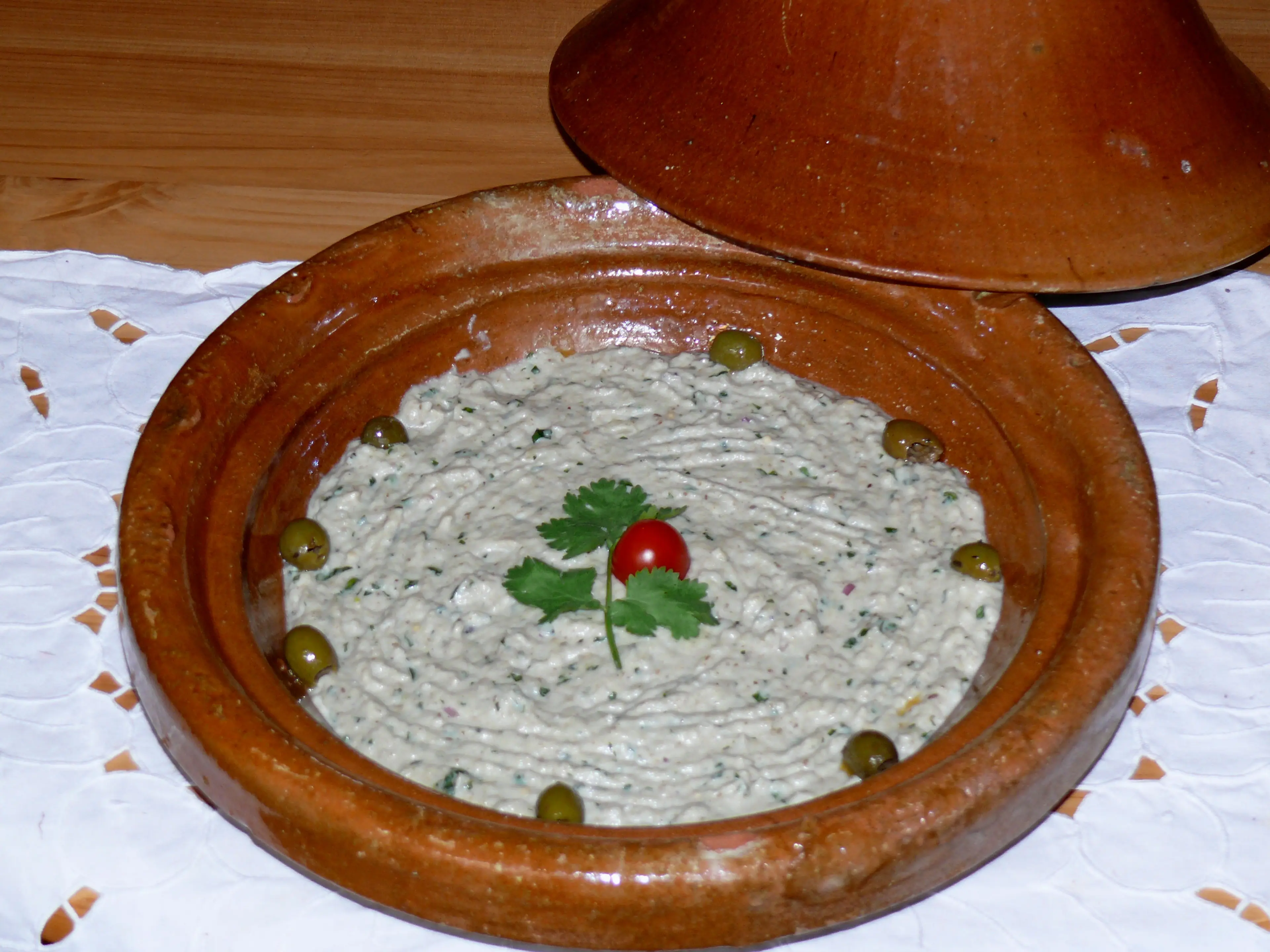
Mutabbal
A popular appetizer in Jordan, made from eggplant mashed and mixed with various seasonings. It's a common part of the Jordanian mezze and a must-try for food lovers in Petra.
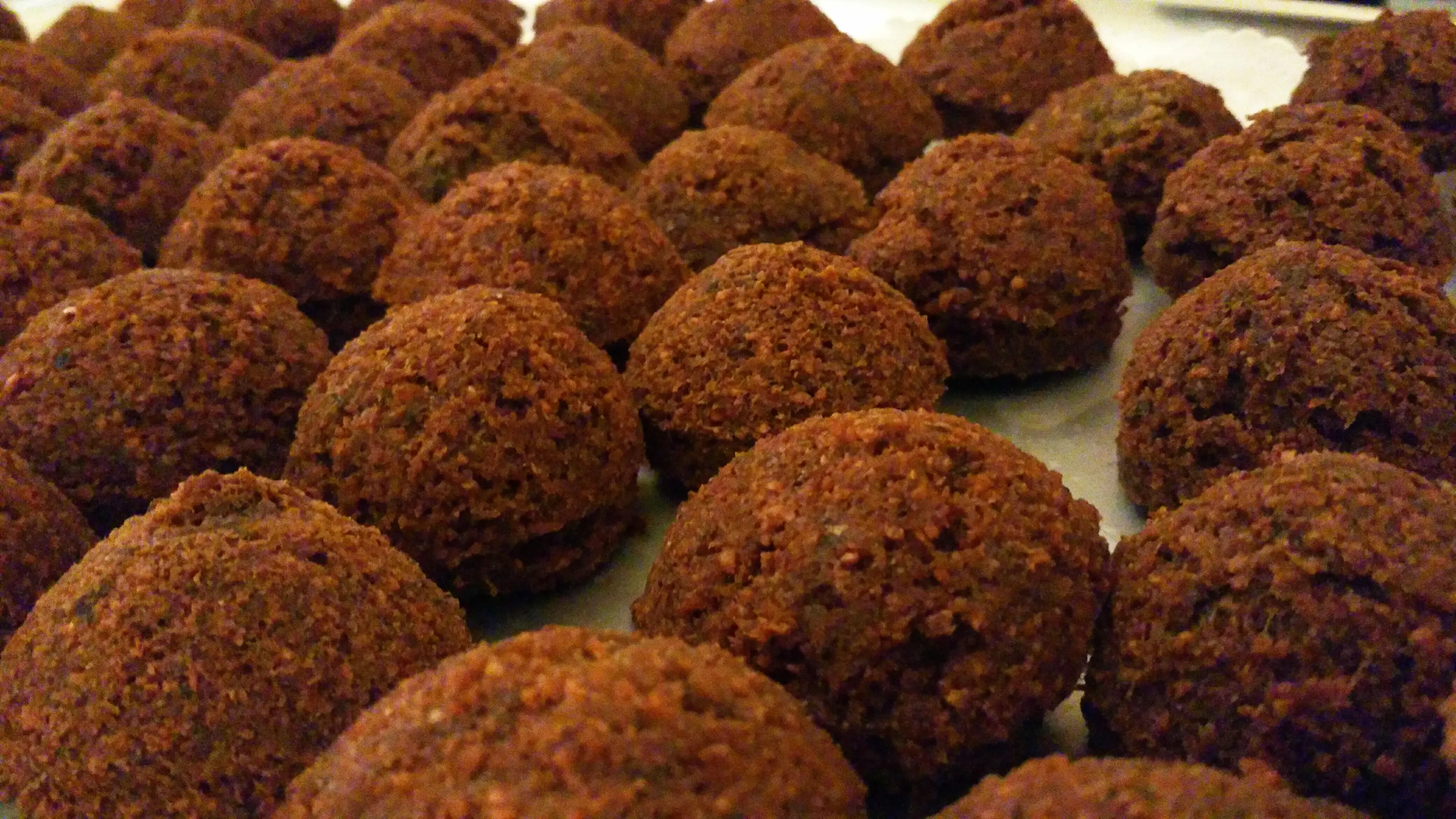
Falafel
A deep-fried ball or patty made from ground chickpeas, fava beans, or both. It's a common street food in Petra and a favorite among locals and tourists.
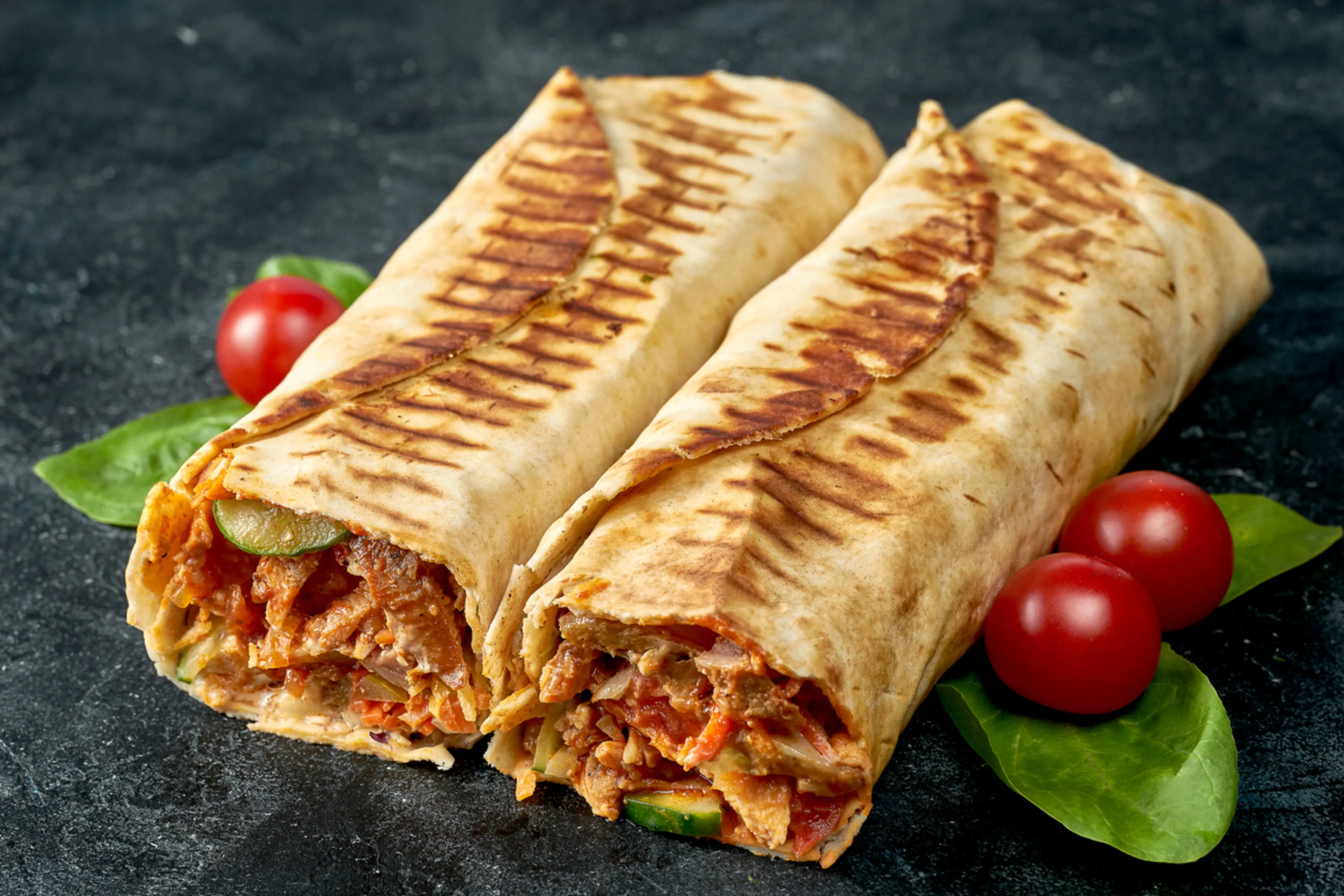
Shawarma
A popular street food in towns around Petra, made by roasting meat on a spit and then slicing it thin. It's usually served in a pita with tahini sauce, vegetables, and sometimes French fries.
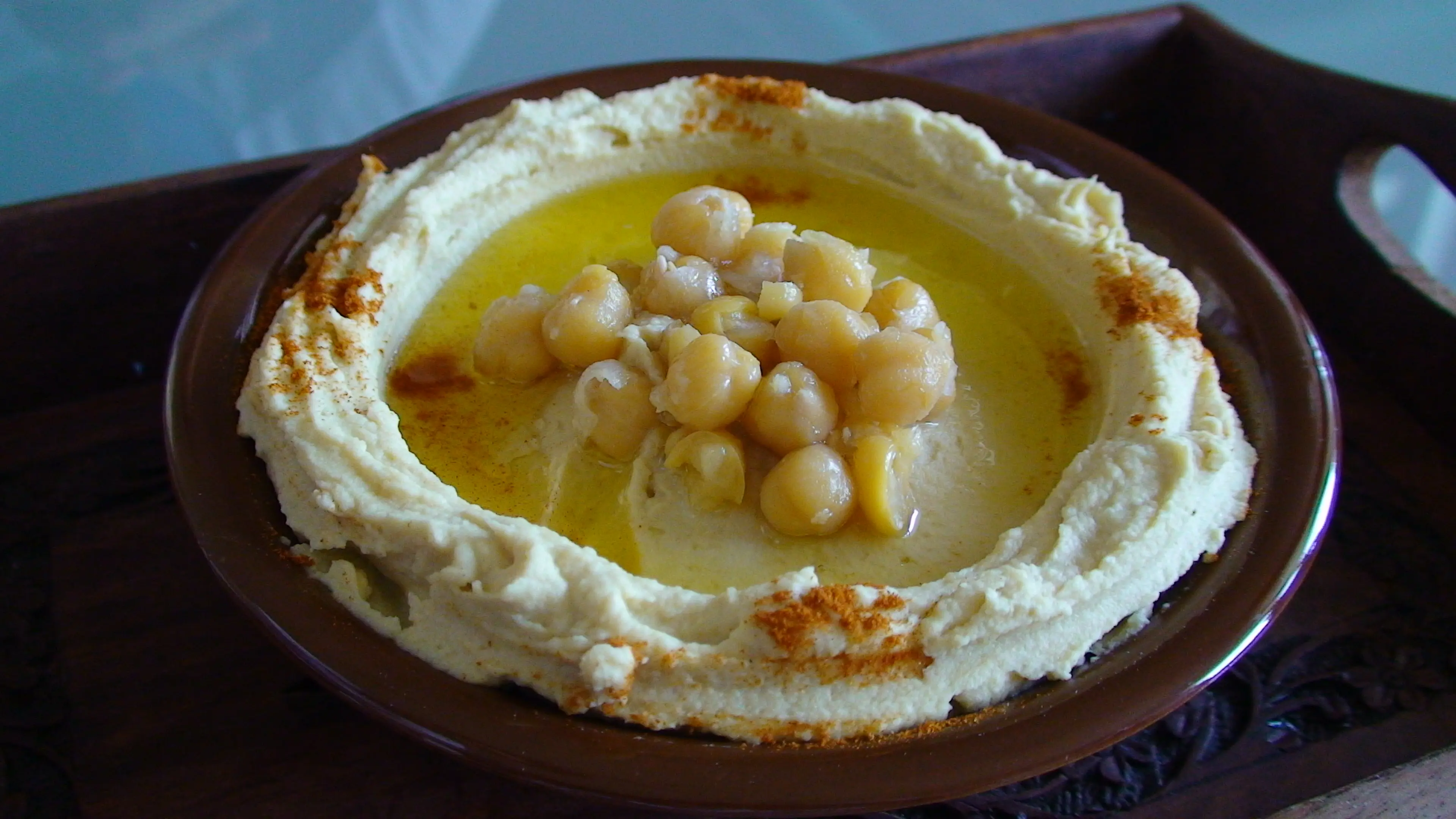
Hummus
A creamy dip made from mashed chickpeas, tahini, olive oil, lemon juice, and garlic. It's a staple in Jordanian cuisine and a must-try for tourists in Petra.
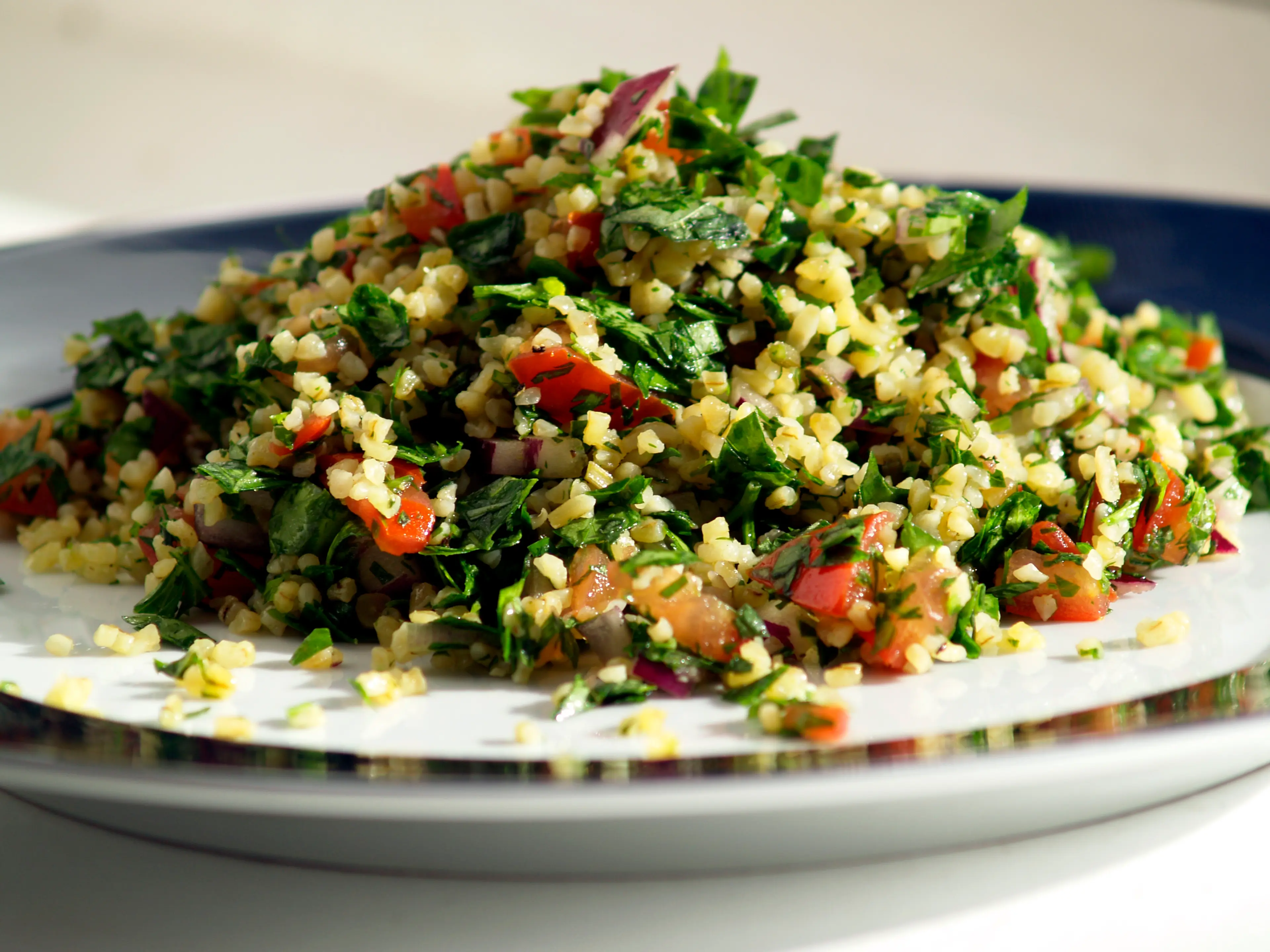
Tabbouleh
A healthy and refreshing salad made from tomatoes, finely chopped parsley, mint, bulgur, and onion, and seasoned with olive oil, lemon juice, and salt. It's a popular dish in Petra and a great choice for vegetarians.
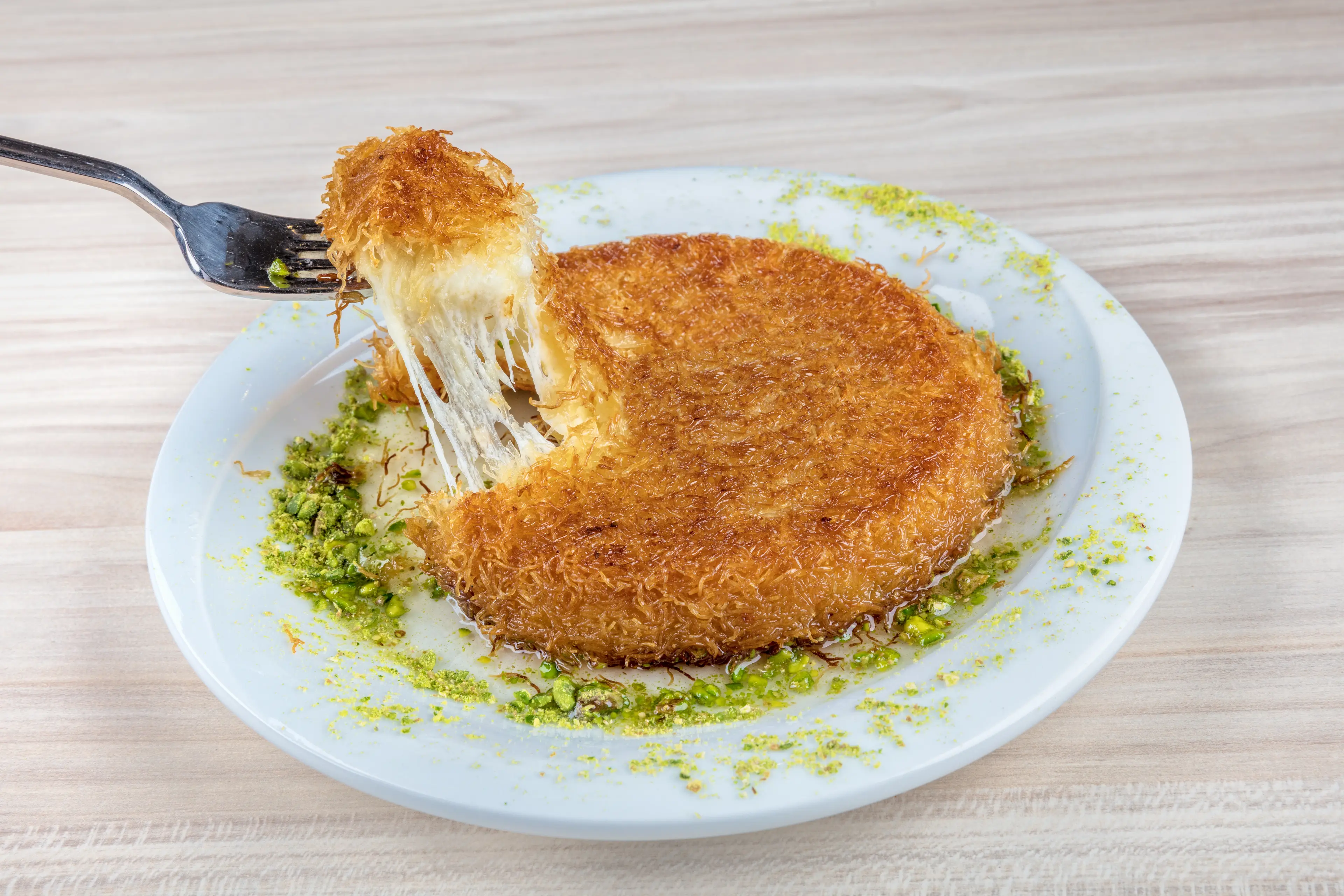
Knafeh
A traditional Middle Eastern dessert made with thin noodle-like pastry, soaked in sweet, sugar-based syrup, and typically layered with cheese. It's a popular sweet treat in Jordan.
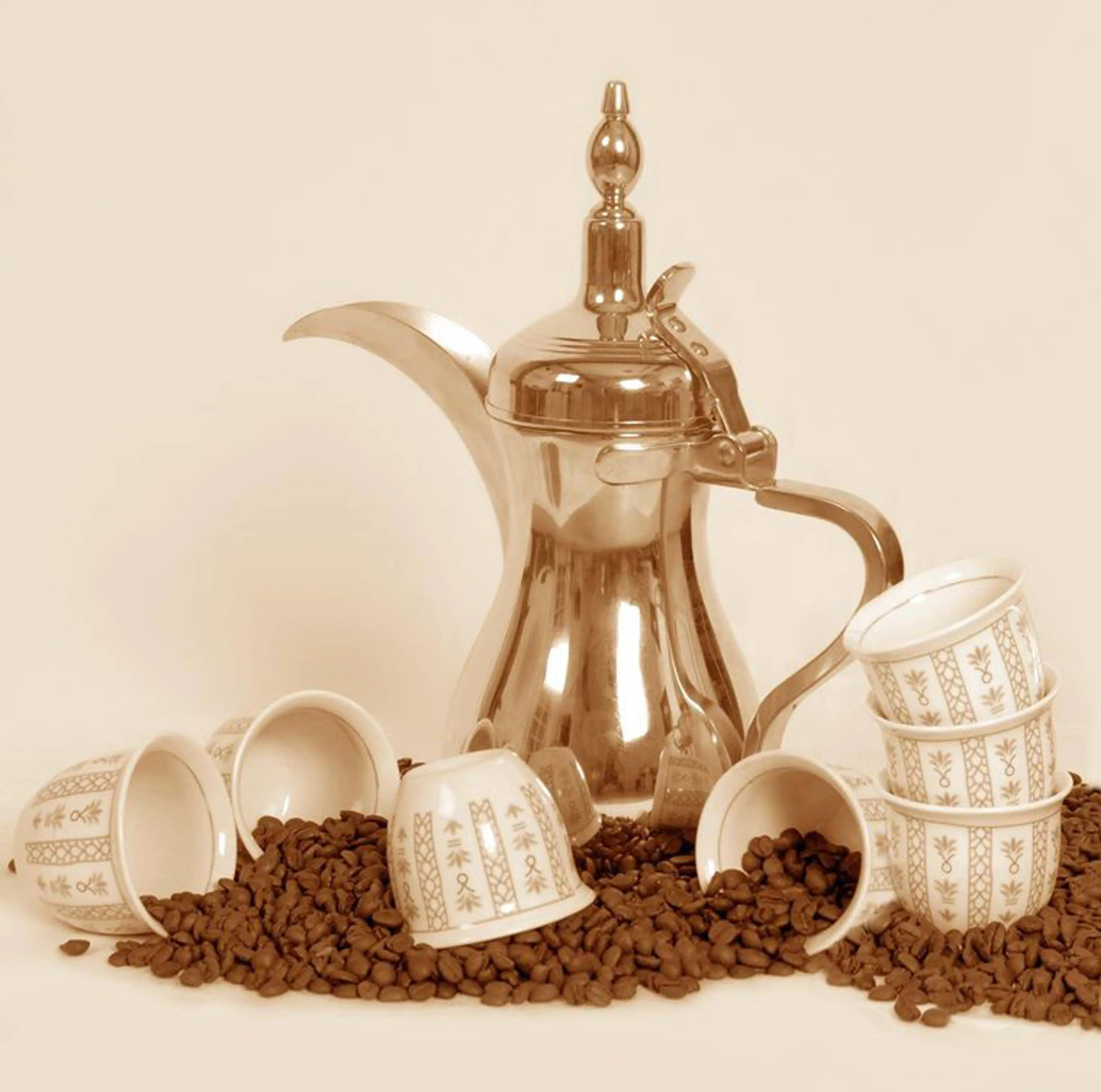
Arabic Coffee
A traditional drink throughout the Middle East, made by boiling finely ground coffee beans in a pot. It's usually served in small cups and often accompanied by dates.
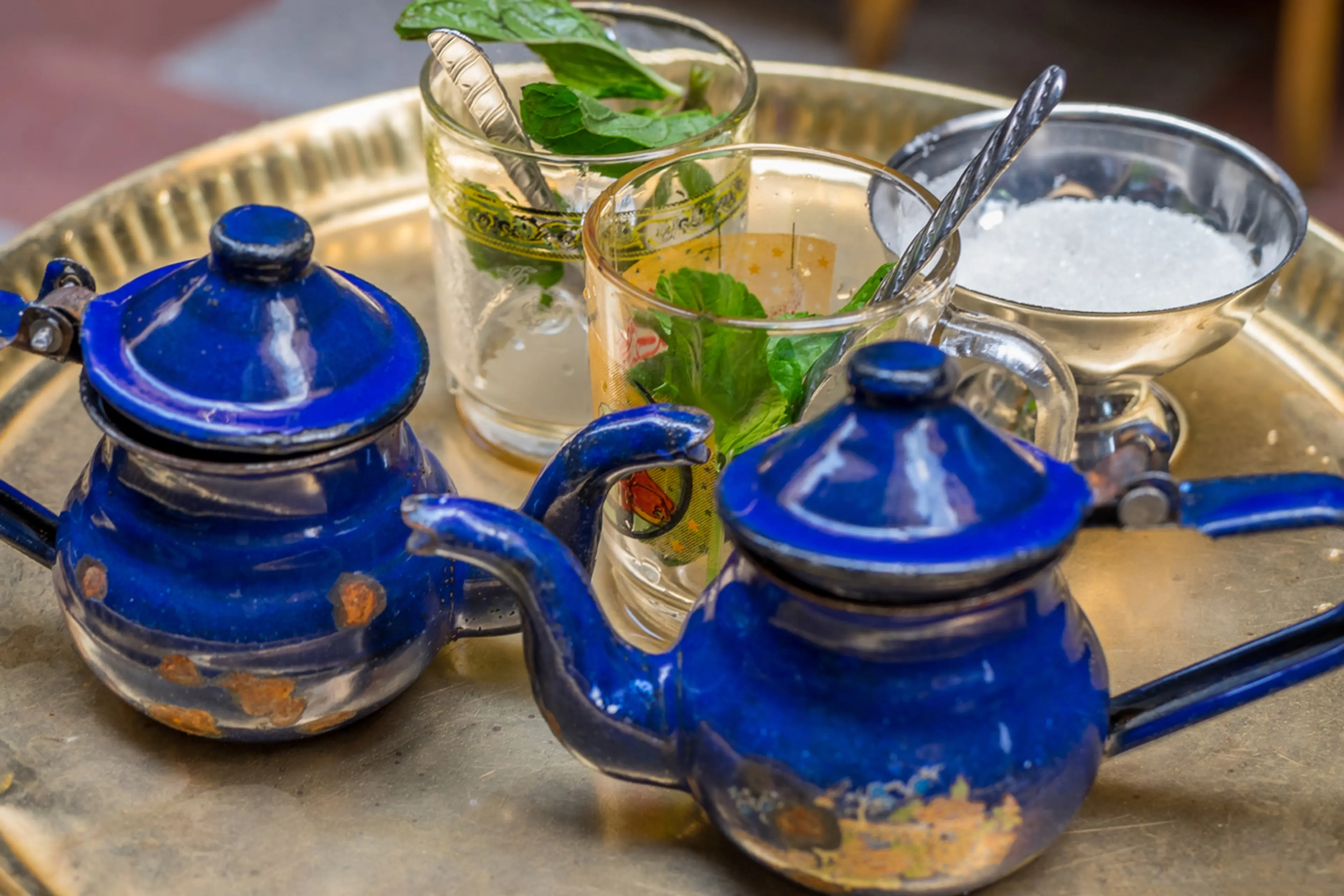
Mint Tea
A refreshing drink made from green tea and fresh mint leaves. It's a popular beverage in Petra and often served to guests as a sign of hospitality.
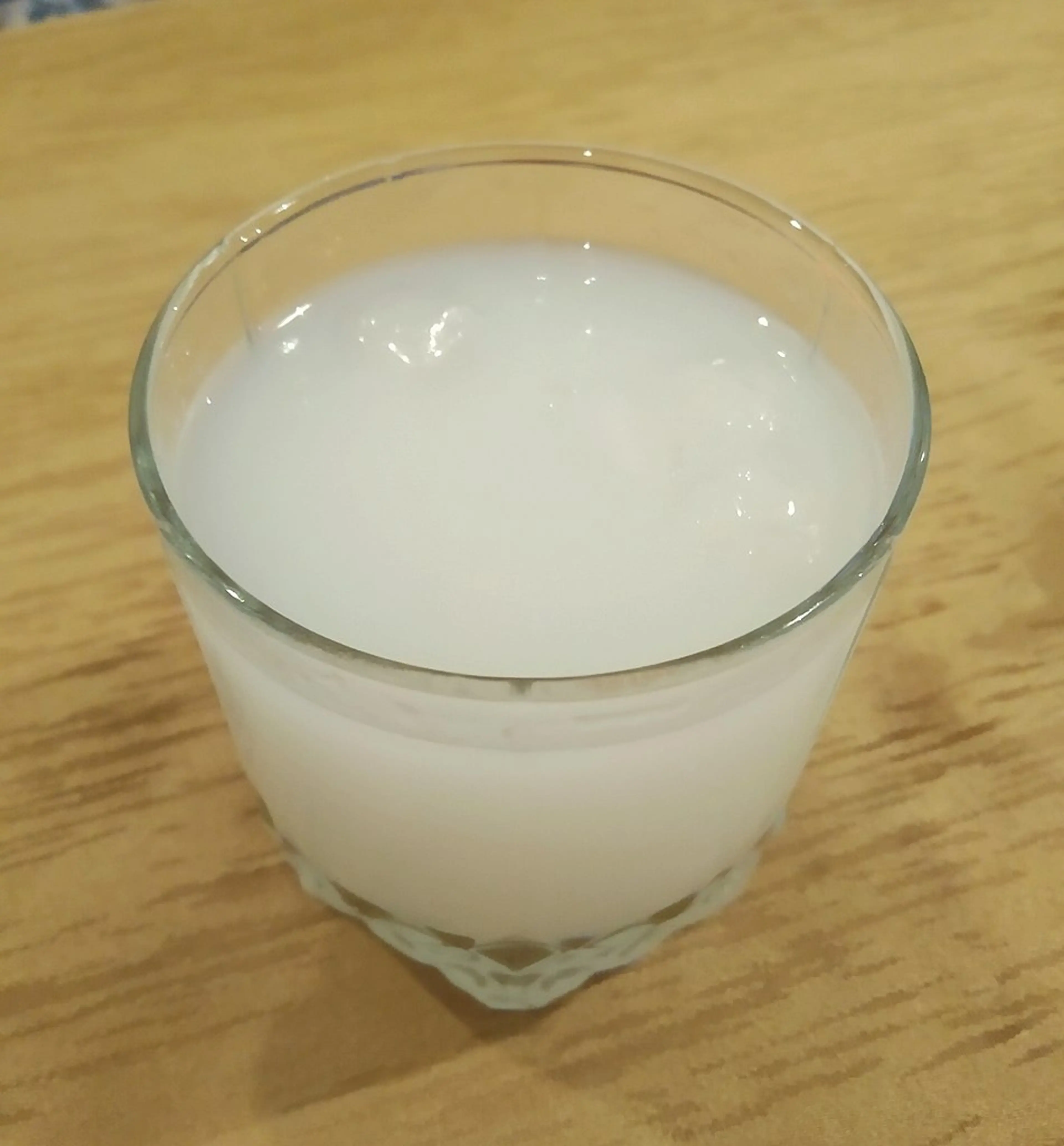
Arak
A traditional Middle Eastern spirit made from grapes and flavored with anise. It's a popular drink in Petra and often enjoyed with mezze.
Best time to visit
The best time to visit Petra, Jordan is during the spring (March to May) and autumn (September to November) months. During these periods, the weather is pleasantly warm with temperatures ranging from 18°C to 25°C, making it ideal for exploring the archaeological sites. The summer months (June to August) can be extremely hot, and the winter (December to February) can sometimes be quite cold, especially at night. Therefore, spring and autumn are the most comfortable and popular times to visit.
How to get around
Flight
International travelers usually fly into Queen Alia International Airport in Amman, Jordan's capital. From there, it's about a 3-hour drive to Petra.
Car Rental
Renting a car from Amman or Aqaba airports is a convenient option for those who prefer to drive themselves. The roads in Jordan are generally in good condition and well signposted. Drive on the right side.
Taxi
Taxis are readily available from the airport and major cities. Pay for an airport taxi at kiosks. Some taxis offer a day trip to Petra, waiting for you while you explore the site.
Bus
JETT buses operate a daily service from Amman to Petra. The journey takes around 4 hours. There's also a local bus service from Aqaba to Petra.
Ridesharing
Ridesharing services like Uber and Careem operate in Jordan, including routes to Petra. However, they may not be as readily available in more remote areas.
Horse or Camel Ride
Once in Petra, you can choose to explore the site on foot, or hire a horse or camel. These are available at the entrance and can take you to the start of the Siq, or further into the site.
Carriage
Horse-drawn carriages are also available for hire at the entrance of Petra. They can take you through the Siq and up to the Treasury.
On Foot
Walking is the most common way to explore Petra. The site is vast, so be prepared for a lot of walking. Comfortable shoes are a must.
Guided Tour
Guided tours are available and can be a great way to learn more about the history and significance of the site. Tours can be arranged in advance or hired at the visitor center.
Important information
Currencyد.ا JOD
Time zoneUTC+2
Driving sideRight
Emergency phoneAmbulance: 191; Fire: 193; Police: 192
Drinking waterYes, but some opt for bottled water
Power sockets
Voltage230 V
Things to know about Petra, Jordan as a first time visitor
1
Petra, Jordan is a UNESCO World Heritage Site and one of the New Seven Wonders of the World.
2
The official currency in Jordan is the Jordanian Dinar (JOD). Credit cards are accepted in most places, but it's a good idea to carry some cash for smaller vendors.
3
The official language is Arabic, but English is widely spoken in tourist areas.
4
Petra is located in a desert region, so it can get very hot during the day. Temperatures can reach up to 100°F (38°C) in the summer.
5
Despite the heat during the day, it can get quite cold at night, especially in the winter. Temperatures can drop to 32°F (0°C), so pack accordingly.
6
It's recommended to wear comfortable shoes as you will be doing a lot of walking and hiking.
7
Dress modestly to respect the local culture. Women should avoid wearing short skirts or revealing tops.
8
Stay hydrated. It's important to drink plenty of water, especially during the hot summer months.
9
The site of Petra is vast, so it's recommended to plan at least two days to fully explore it.
10
The entrance fee to Petra is quite high, especially for single-day visitors. Consider purchasing a Jordan Pass before your trip, which includes the entrance fee and visa fee.
11
Petra opens from 6 am to 6 pm in the summer and 6 am to 4 pm in the winter. Try to arrive early to avoid the crowds.
12
There are no restaurants or cafes inside Petra, so consider packing a lunch.
13
Be aware of the high altitude. Petra is over 800 meters above sea level, which can cause altitude sickness in some people.
14
Beware of scams. Some locals may offer guided tours or souvenirs at inflated prices.
15
Respect the site. Do not climb on the monuments or take any stones as souvenirs.
16
There are no ATMs inside Petra, so make sure to withdraw enough cash before you enter.
17
Public restrooms are available at the visitor center and a few other locations within Petra.
18
If you're planning to stay overnight, there are several hotels in the nearby town of Wadi Musa.
19
Petra is a popular destination, so it's recommended to book your accommodation and tours in advance.
20
Lastly, don't forget to bring your camera. Petra is known for its stunning architecture and breathtaking views.
Basic Arabic to know as a first time visitor
English phrase | Native phrase | Pronunciation | When to use it |
|---|---|---|---|
Hello | مرحبا | Marhaba | Greeting someone |
Goodbye | وداعا | Wadaeaan | Leaving or saying goodbye to someone |
Please | من فضلك | Min fadlak | Asking for something |
Thank you | شكرا | Shukran | Showing appreciation |
Yes | نعم | Naam | Agreeing or confirming |
No | لا | La | Disagreeing or denying |
Excuse me | عفوا | Afuwan | Getting attention or apologizing |
I'm sorry | أنا آسف | Ana asef | Apologizing |
Do you speak English? | هل تتكلم الإنجليزية؟ | Hal tatakallam al'injliziya? | Trying to find someone who speaks English |
I don't understand | أنا لا أفهم | Ana la afham | When you don't understand what was said |
Where is the bathroom? | أين الحمام؟ | Ayna alhammam? | When you need to find a restroom |
How much does this cost? | بكم هذا؟ | Bikam hadha? | When you want to know the price of something |
I need a doctor | أحتاج إلى طبيب | Ahtaj ila tabib | In case of a medical emergency |
Can you help me? | هل يمكنك مساعدتي؟ | Hal yumkinuk musaeadati? | When you need assistance |
Water | ماء | Maa | When you want to order water |
Food | طعام | Taam | When you want to order food |
Taxi | تاكسي | Taksi | When you need a taxi |
Hotel | فندق | Fanduq | When you need to find a hotel |
Airport | مطار | Matar | When you need to find the airport |
Help | مساعدة | Musaeadah | When you need help |
Packing List
Clothing
Lightweight clothing
Comfortable walking shoes
Hat for sun protection
Sunglasses
Swimwear (if planning to visit the Dead Sea)
Light jacket or sweater for cooler evenings
Underwear and socks
Toiletries
Travel-size shampoo and conditioner
Travel-size body wash or soap
Toothbrush and toothpaste
Deodorant
Sunscreen
Lip balm with SPF
Hand sanitizer
Prescription medications (if any)
First aid kit (band-aids, antiseptic wipes, etc.)
Travel documents and essentials
Passport
Visa (if required)
Travel insurance documents
Hotel and tour confirmations
Emergency contact information
Local currency (Jordanian Dinar)
Credit and debit cards
Electronics and gadgets
Smartphone
Charger and adapter
Camera
Extra memory card for camera
Portable power bank
Miscellaneous items
Travel guidebook for Petra
Reusable water bottle
Snacks for the journey
Travel pillow and eye mask
Earplugs
Tissues or wet wipes
Backpack or daypack for daily excursions
Weather Conditions
When planning a trip to Petra, Jordan, it's important to consider the weather conditions to ensure a comfortable and enjoyable visit. Petra experiences a desert climate, with hot, dry summers and mild, wet winters. During the summer months (June to August), temperatures can reach up to 100°F (38°C), so it's advisable to wear light, breathable clothing, a hat, and plenty of sunscreens. It's also crucial to stay hydrated, so always carry a water bottle with you. The heat can be intense, especially in the middle of the day, so consider starting your exploration early in the morning or later in the afternoon when the sun is less harsh. In contrast, winter (December to February) in Petra can be quite cold, with temperatures dropping to around 32°F (0°C) at night. Daytime temperatures are usually around 60°F (15°C), so it's advisable to pack layers, including a warm jacket for the evenings. Rain is also more common during these months, so waterproof clothing and footwear would be beneficial. Spring (March to May) and autumn (September to November) are considered the best times to visit Petra. The weather during these seasons is generally mild and pleasant, with temperatures ranging from 60°F (15°C) to 80°F (27°C). However, sudden sandstorms can occur, so it's always a good idea to check the local weather forecast regularly during your visit. Remember, the weather can change quickly in desert environments like Petra, so it's always a good idea to be prepared for a variety of conditions. Enjoy your visit to this incredible archaeological site!
| Month | Hi / Lo (°C) | Weather Overview |
|---|---|---|
January | 15° / 4° | January is the coldest month in Petra, with temperatures ranging from 4°C to 15°C. It's a quiet time to visit, but pack warm clothing. |
February | 17° / 5° | February sees a slight increase in temperature, ranging from 5°C to 17°C. The weather is still cool, so warm clothing is recommended. |
March | 20° / 8° | In March, the weather starts to warm up with temperatures between 8°C and 20°C. It's a good time to visit as the tourist crowds are still minimal. |
April | 25° / 12° | April offers a comfortable climate for sightseeing, with temperatures ranging from 12°C to 25°C. The weather is pleasant, making it a popular time for tourists. |
May | 30° / 16° | May is the start of the hot season, with temperatures between 16°C and 30°C. Early morning and late evening visits are recommended to avoid the heat. |
June | 33° / 20° | June is quite hot in Petra, with temperatures ranging from 20°C to 33°C. It's advisable to stay hydrated and avoid long exposure to the sun. |
July | 35° / 22° | July is the hottest month in Petra, with temperatures between 22°C and 35°C. Tourists should plan their visit early in the morning or late in the evening. |
August | 35° / 22° | August continues the heat wave with temperatures from 22°C to 35°C. It's important to wear sun protection and stay hydrated. |
September | 32° / 19° | September sees a slight decrease in temperature, ranging from 19°C to 32°C. The weather is still hot, so precautions against the sun are necessary. |
October | 28° / 15° | October offers a relief from the summer heat, with temperatures between 15°C and 28°C. It's one of the best times to visit Petra. |
November | 22° / 10° | November is a pleasant month to visit Petra, with temperatures ranging from 10°C to 22°C. The weather is cool and comfortable for sightseeing. |
December | 17° / 6° | December is a cool month in Petra, with temperatures between 6°C and 17°C. It's a quiet time to visit, but warm clothing is necessary. |
Did you know?
Places near by Petra, Jordan
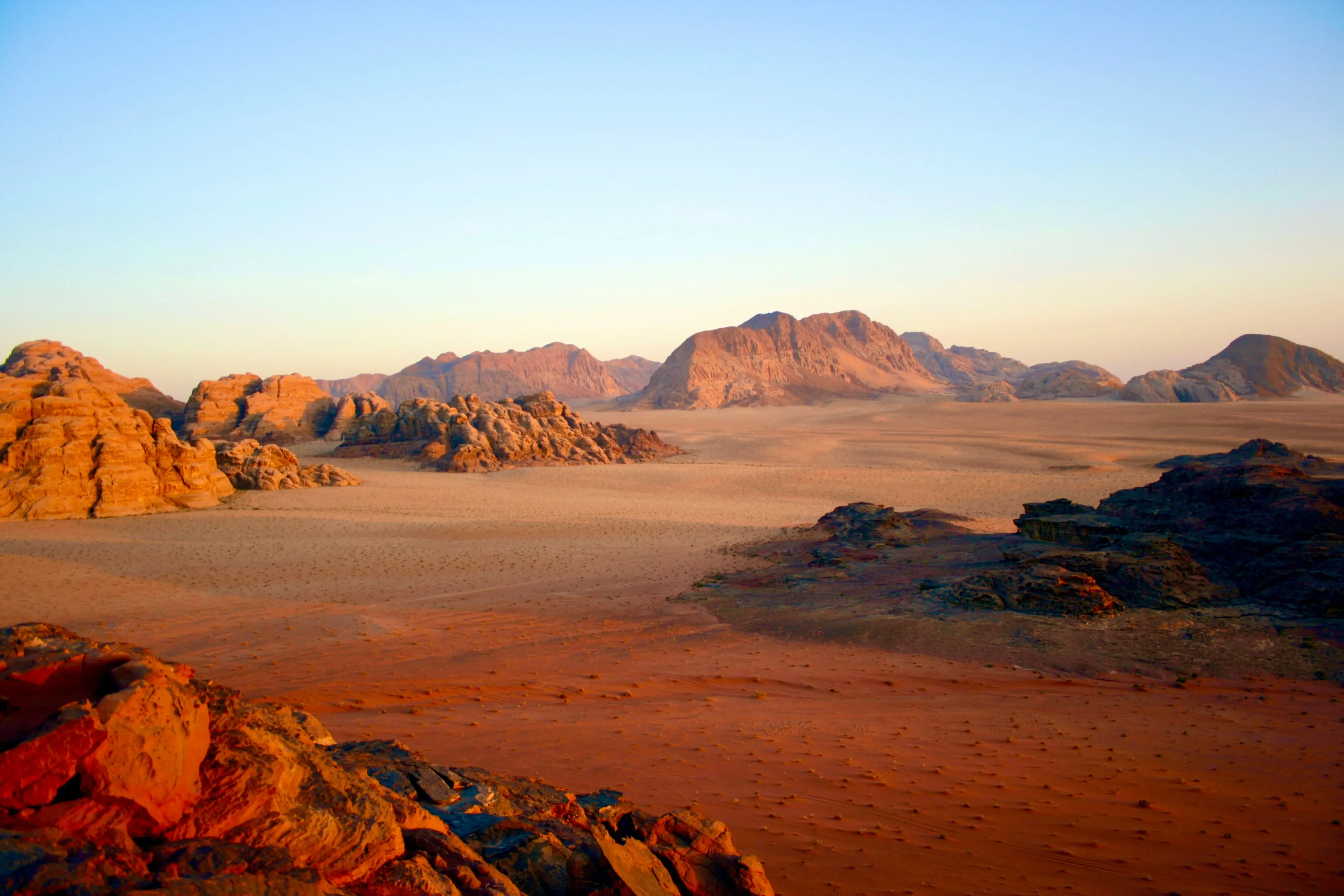
Wadi Rum
A stunning desert landscape known for its red sand and rock formations. It's a popular spot for camping, hiking, and camel riding.
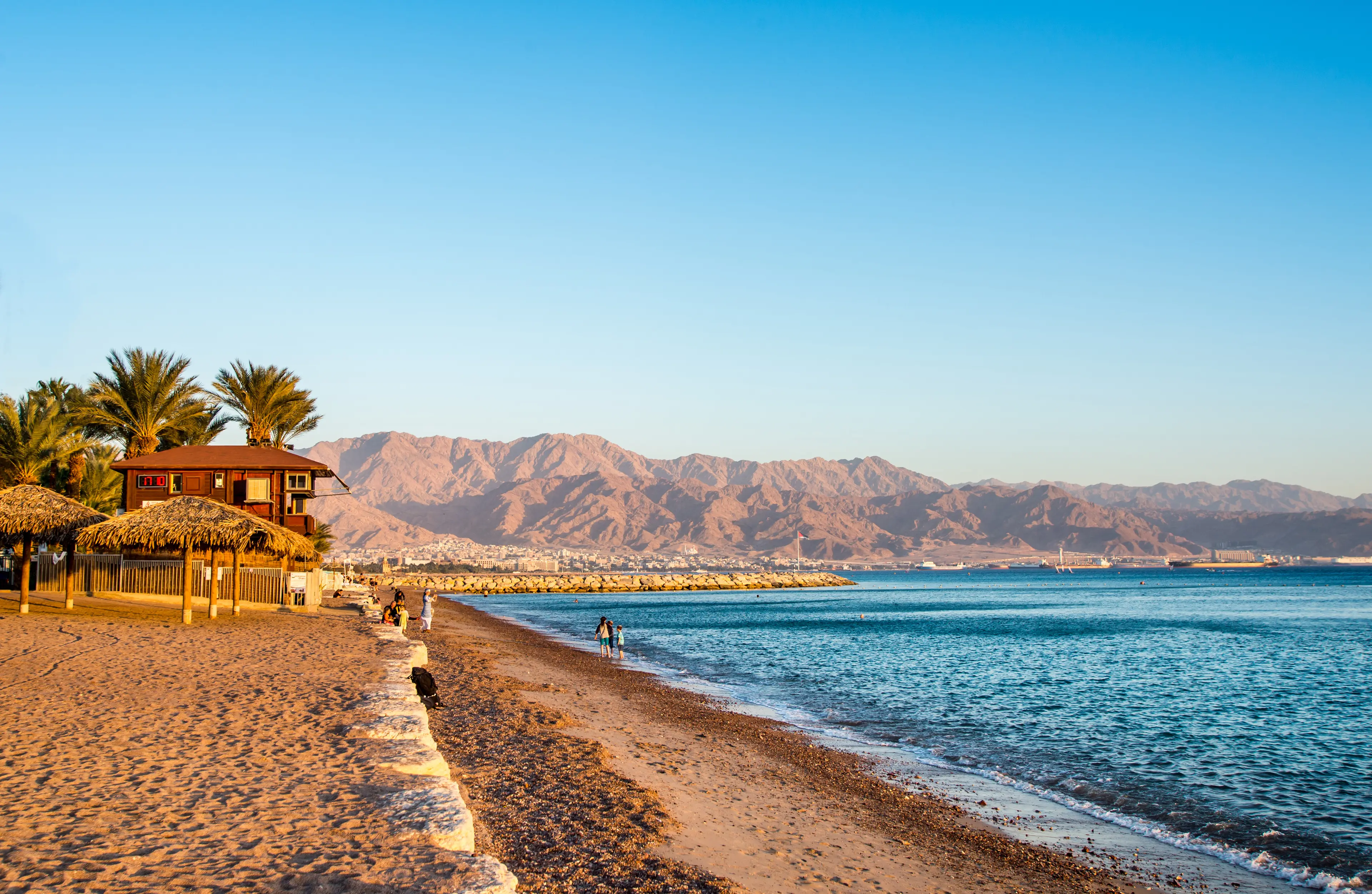
Aqaba
A vibrant city on the Red Sea offering beautiful beaches, water sports, and a bustling nightlife. Don't miss the Aqaba Archaeological Museum and the Aqaba Bird Observatory.
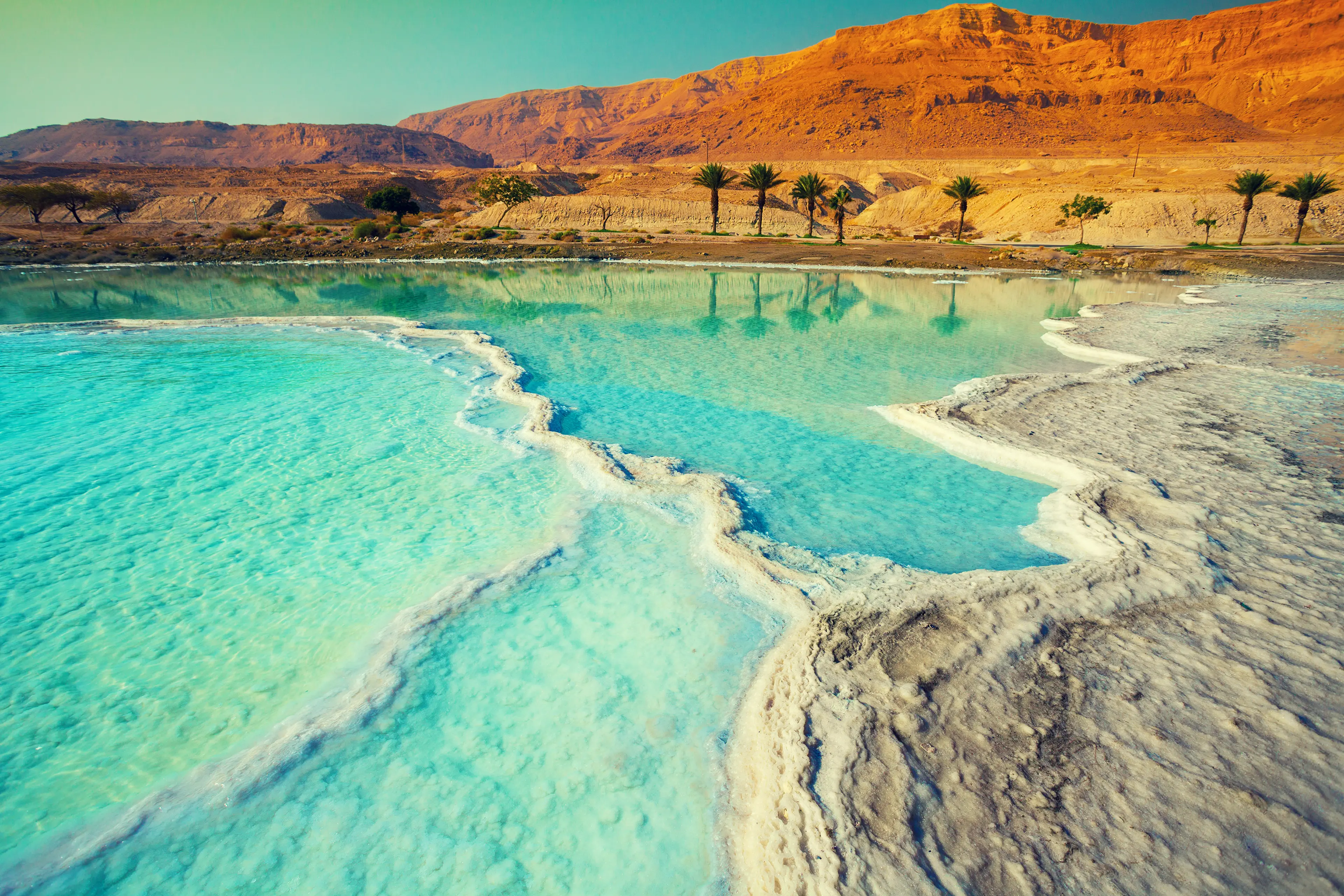
Dead Sea
The lowest point on earth, known for its high salt concentration that allows you to float effortlessly. The mud here is also known for its therapeutic properties.
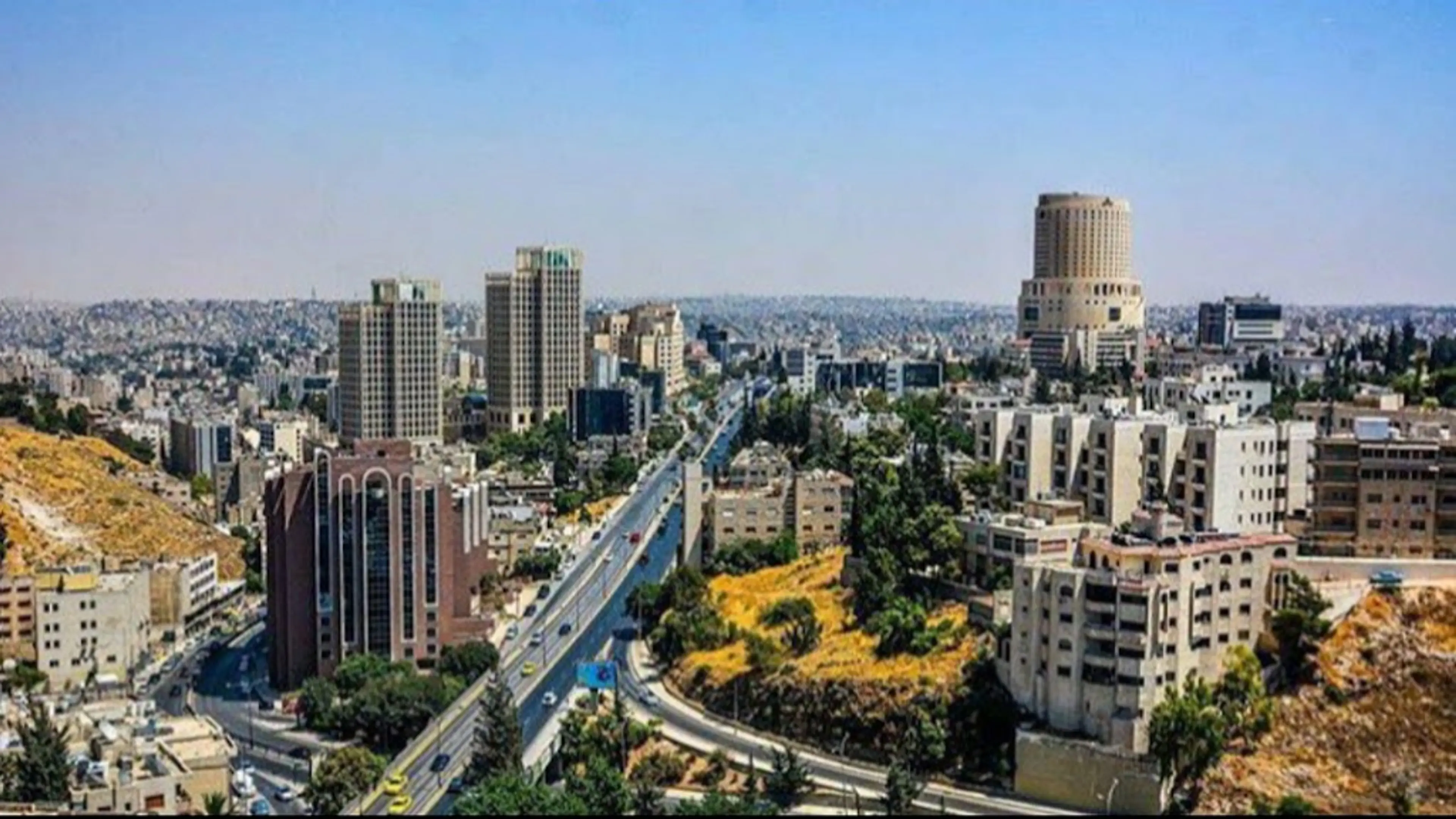
Amman
The capital of Jordan, known for its ancient ruins, modern architecture, and vibrant culture. Visit the Amman Citadel, Roman Theater, and the King Abdullah Mosque.
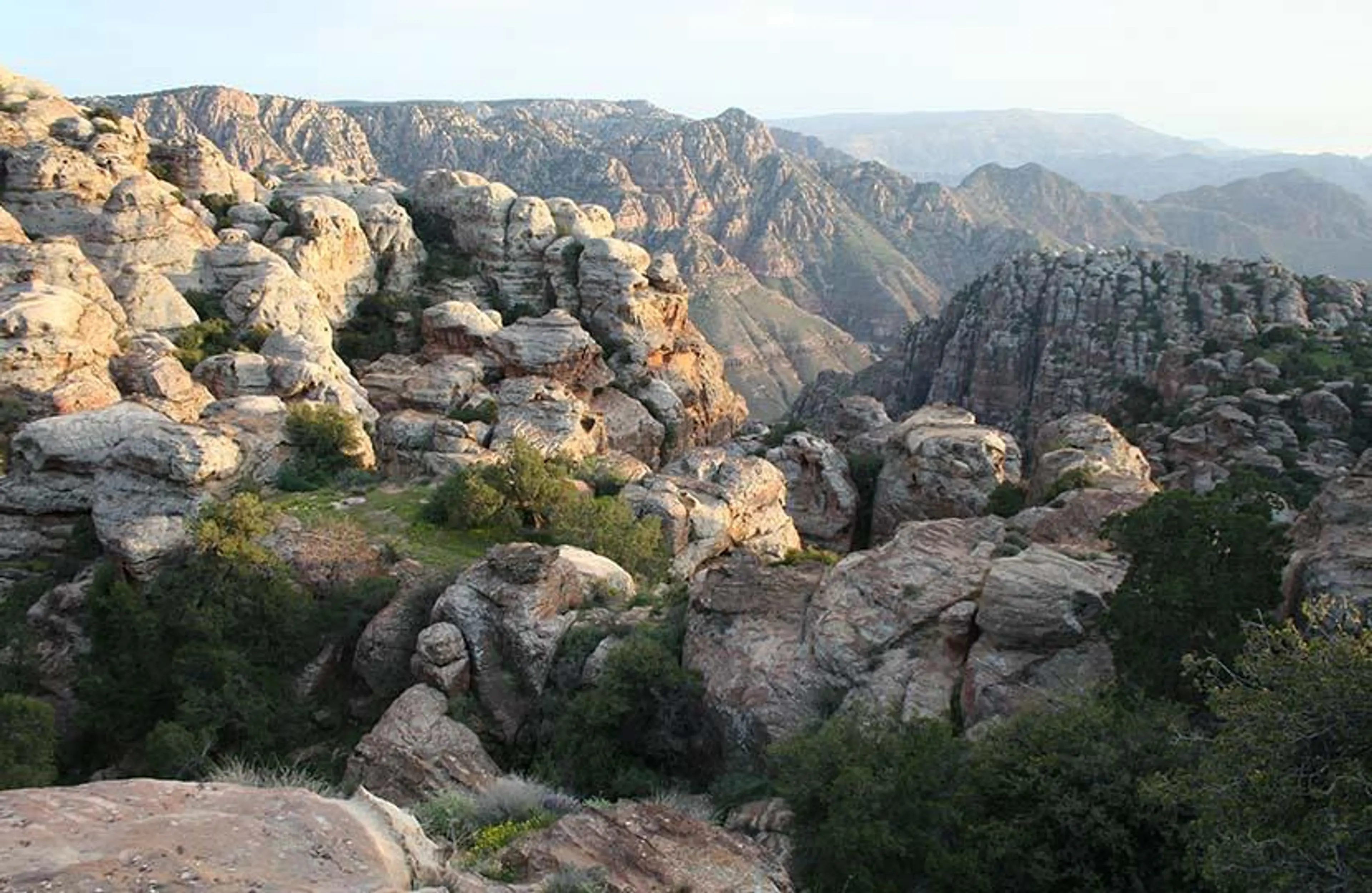
Dana Biosphere Reserve
Jordan's largest nature reserve, offering stunning landscapes, diverse wildlife, and hiking trails. The reserve is also home to the ancient village of Dana.
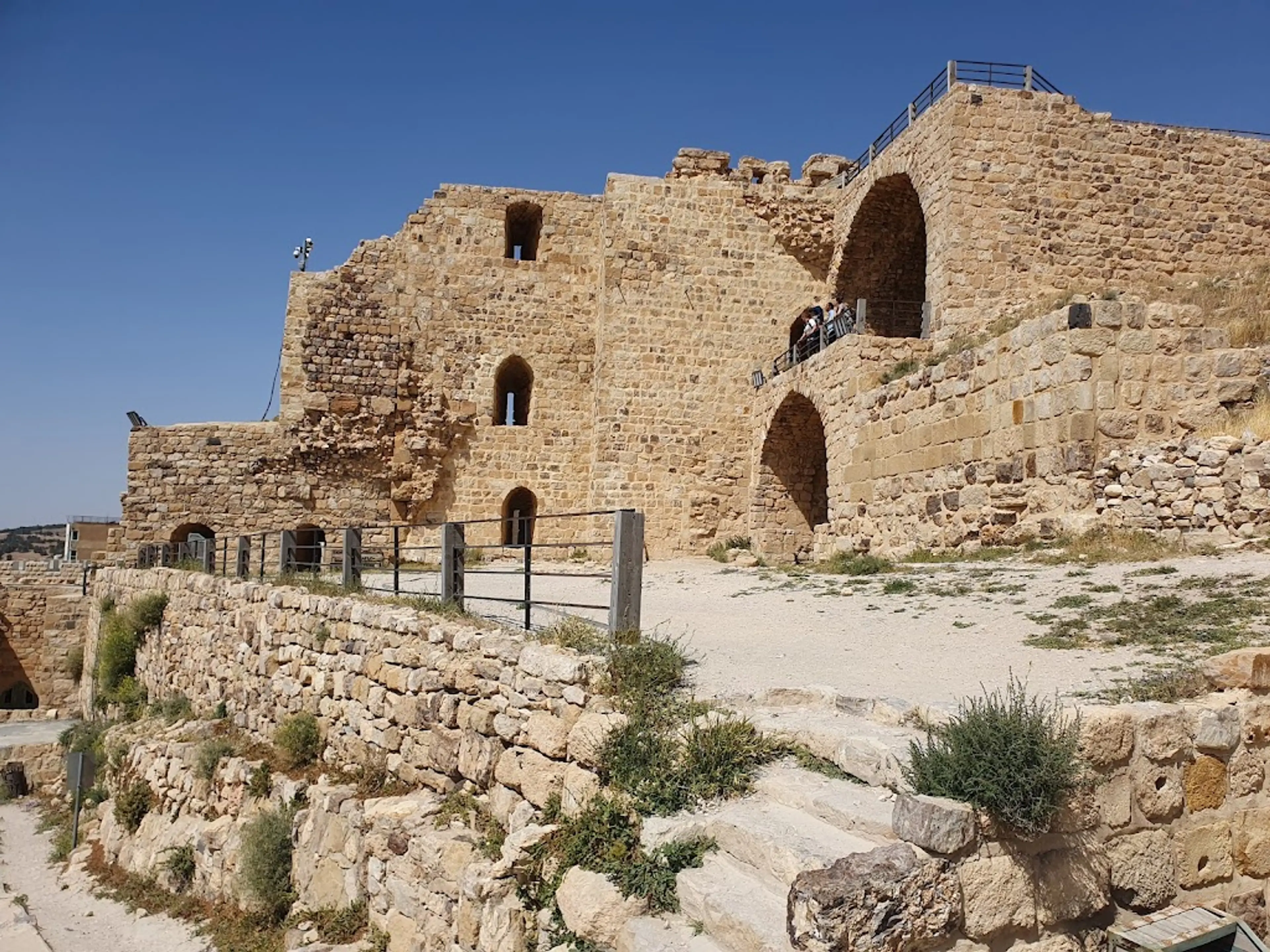
Kerak Castle
A large crusader castle located in al-Karak. It is one of the largest crusader castles in the Levant.
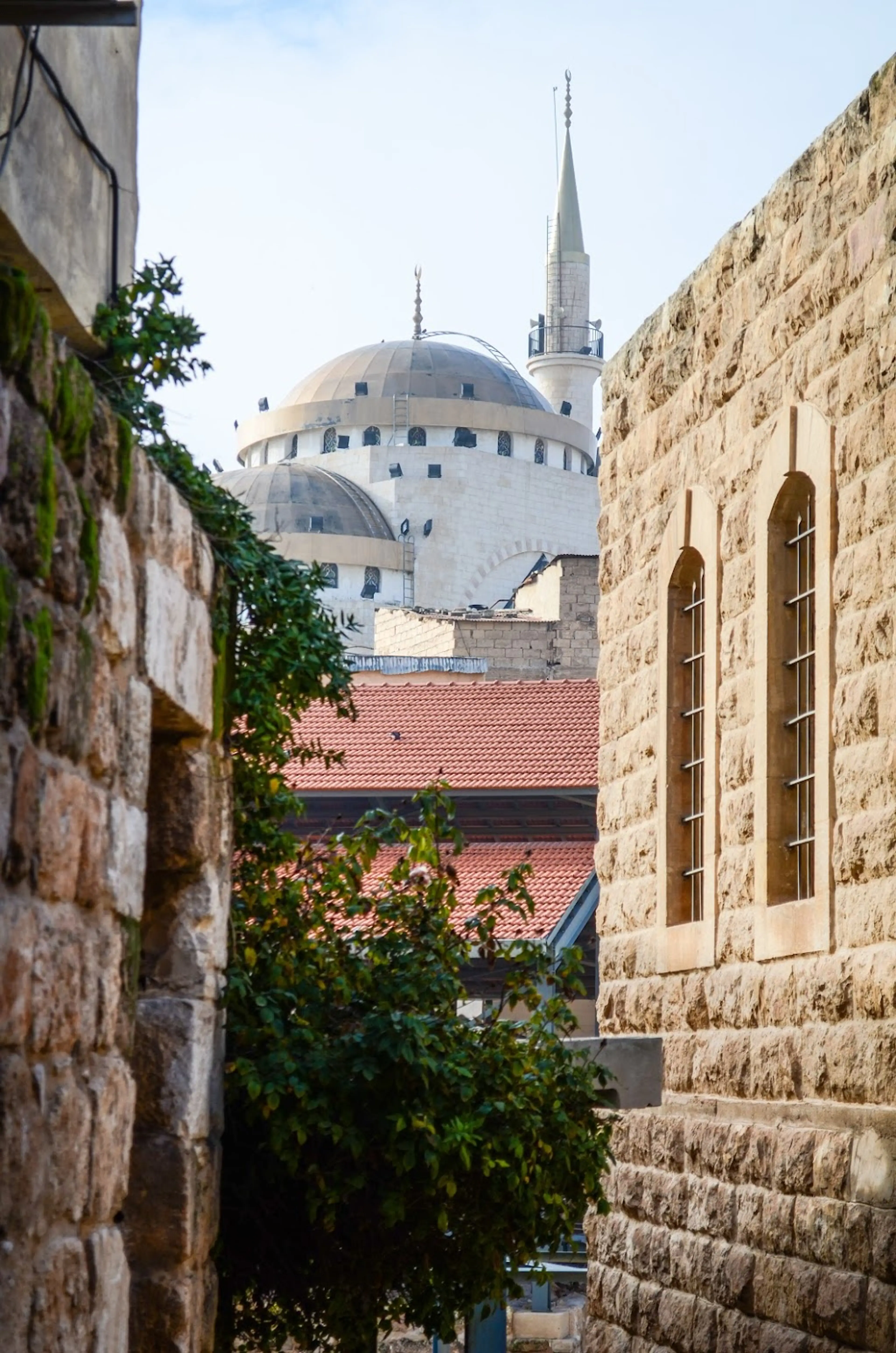
Madaba
Known as the 'City of Mosaics', Madaba is famous for its Byzantine and Umayyad mosaics, especially a large Byzantine-era mosaic map of the Holy Land.

